Amar Singh Chamkila
Portfolio
‘Chamkila' marks my first collaboration with veteran director Imtiaz Ali. Coming fresh off the heels of creating 'Kennedy' with Anurag Kashyap—a dark, gritty neo-noir story set in Mumbai—the open, airy, warm, and vibrant world of 'Chamkila' was a polar opposite, challenging me to pivot my approach and perspective.
Making a biopic places a huge responsibility on the shoulders of the makers to authentically portray and celebrate a life. In my first meeting with Imtiaz, I was floored by his deep admiration for Chamkila and his music. He helped me delve deeper into the characters and the world we're building together with ease. Imtiaz has a wonderful way of channelling his ideas through you (and making you feel like you came up with them in the first place!). His passion is infectious, and his focus on savouring the journey of creation—whether crafting a film or brewing a perfect cup of tea—infuses his work with a distinct richness and flavour.
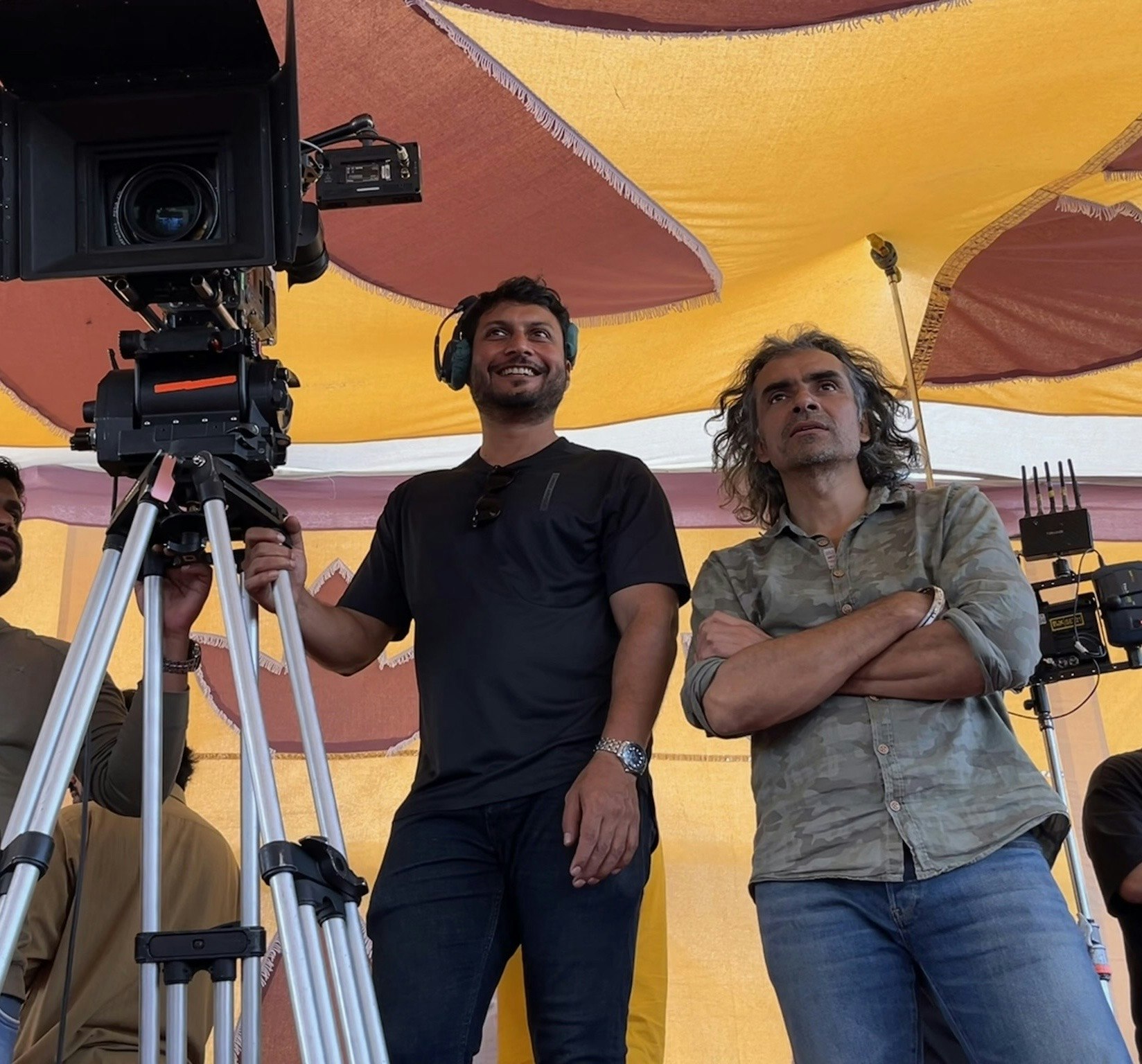 | ||
Prep
We went for several rounds of recces so we could really assimilate the air and soil of Punjab before we set out designing the film. Apart from our shooting locations, we also visited several other non shoot related places just to experience the culture of Punjab which was truly enjoyable. The land is full of such a vibrant history, culture and the sweetest people.
Our production designer Suman Roy Mahapatra and his team worked tirelessly to set up the world of Chamkila as authentically as possible. There are several easter eggs which only true Chamkila fans will discover. Sheetal Sharma and his team not only did a fabulous job of designing costumes from that time period but also recreating specific costumes for our actors which you can see throughout the film. A lot of the ‘Look’ aspect of image making comes from Production design and Costumes which we don't give enough credit to.
I've been working with Makrand Surte, our colorist from Red Chillies Color for a few years and this would be our 4th project together. The previous one being ‘Kennedy’ a dark gritty neo-noir story set in mumbai. This open, airy, warm and vibrant world of Chamkila would be such a departure from the world of ‘Kennedy’. Usually we would think a colorist’s job would start only after the shoot, but It's always great to bring them in during the prep and to use their expertise in creating the palette of the film.
Apart from the usual customary technical tests we do before any shoot, we did a special look test where we filmed our actors under a few scenarios with varied backgrounds and lighting conditions similar to which we would encounter in our film. In DI, we played around with the test footage much before the shoot so we had a better understanding of what is helping us come closer to the image I want eventually on screen. Thus the DI process after the shoot was so much smoother where we were just enhancing what was already baked into the footage rather than creating something new from scratch.
Camera and lenses
With every new story I try to curate the camera and lens combination that best serves the story and the director's vision. In today’s age, I feel lenses play a disproportionately more important role in creating the image than the camera. Most modern digital cameras are very close to each other under general shooting conditions and they can be matched up very well during the DI/grading process. Only under extremes is where you can see certain cameras providing an edge over the others. (e.g. Sony Venice 1 & 2 with low light capability, Alexa 35’s extended highlight retention ability.)
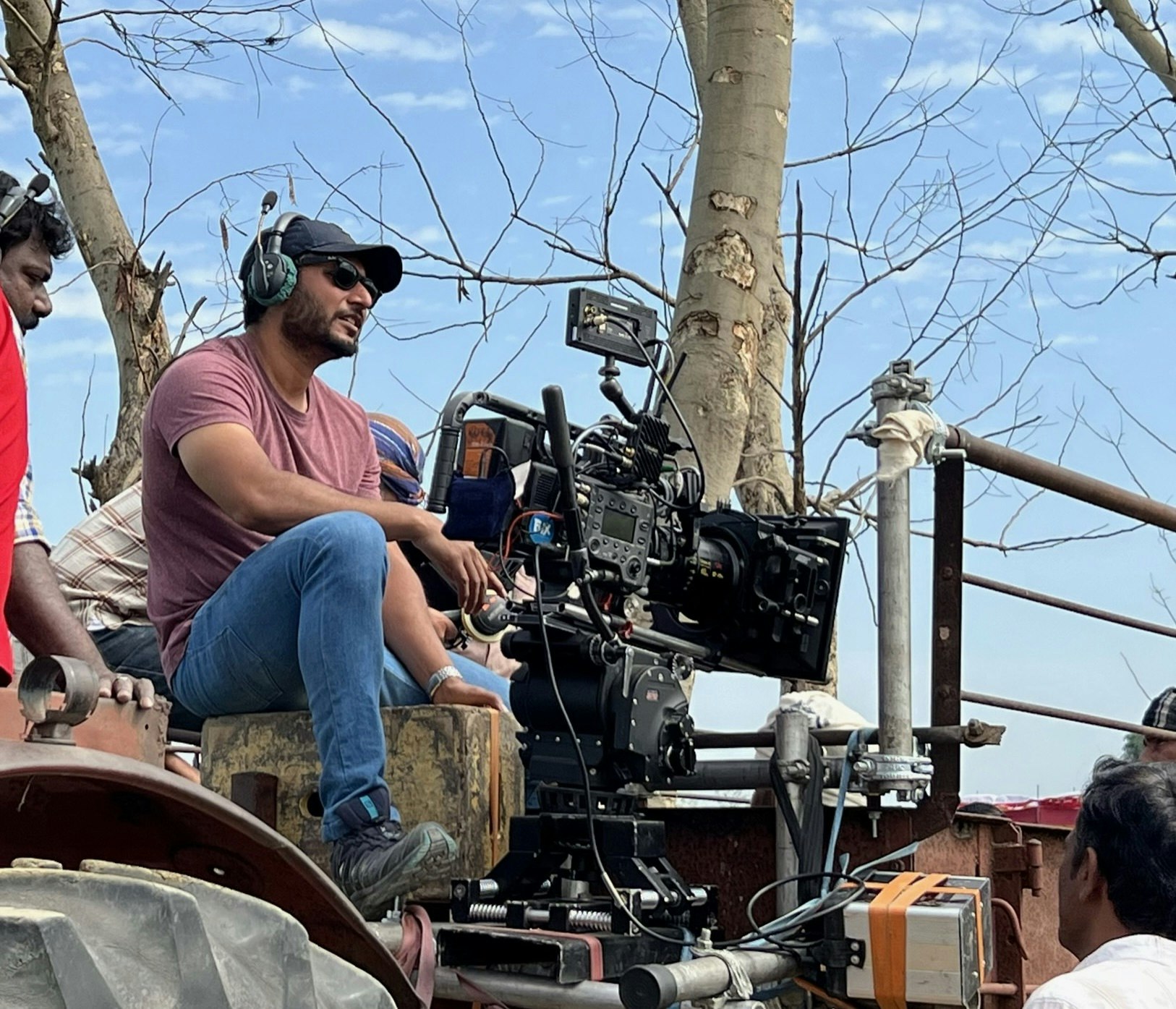 |
After several rounds of tests I chose to work with Cooke’s Full frame anamorphic lenses. For the uninitiated these lenses are a modern set of anamorphic lenses designed to work well with digital sensors of today. It has a squeeze factor of 1.8x (rather than the traditional 2x ) which gives it the distinct image texture. The sharpness at full open is decent and at T2.8 the lenses performed very well. The special flare set that we used had uncoated glass elements which gave us some interesting soft flares and blue streaks which made the image more organic looking without taking attention away from the performances of our actors. The field of view of these sets of lenses is also large so it's great to create a certain bigness on screen which is easily perceived subconsciously by the audience. The only caveat of these lenses is that they are big and heavy.
To pair with these lenses we chose the Sony Venice camera which I felt complemented the lenses well. In some night scenes where we did push up the ISO to 2500 and the inbuilt ND filters worked very well under harsh sunlight.
Creating the visual language
What I like to do is I really delve deep into the script, the characters and try to create a unique world for each and every one of my projects. After several rounds of discussion and talks with Imtiaz we found that we must keep the image and texture of this film organic and rooted, where the characters and performances shine.
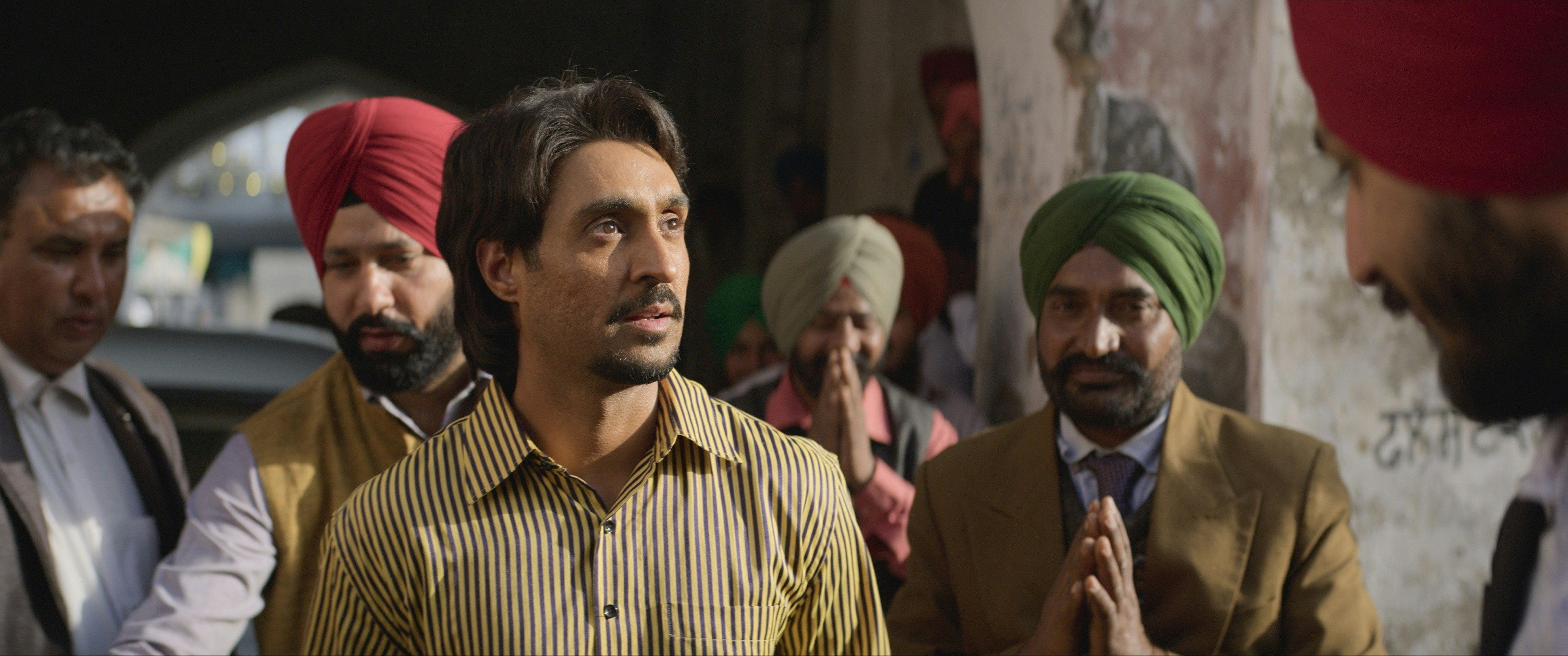 | 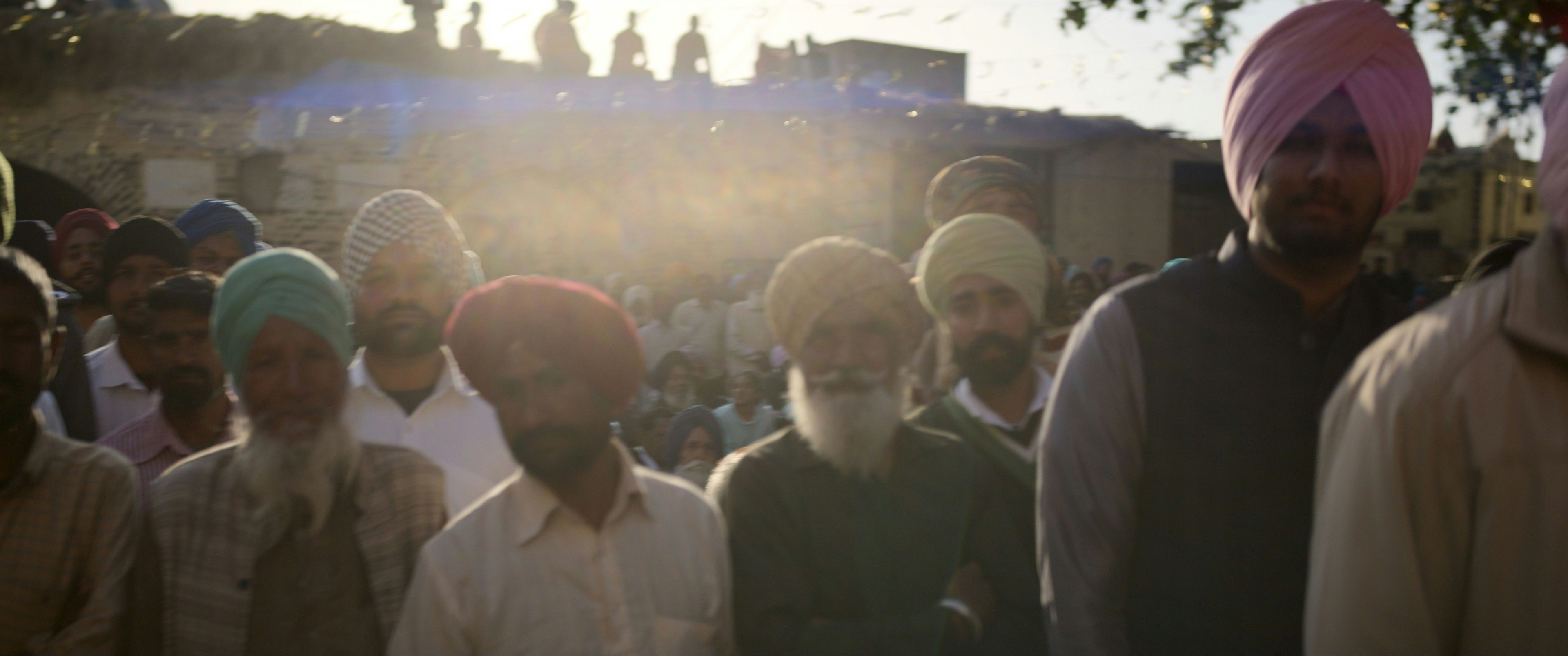 | |
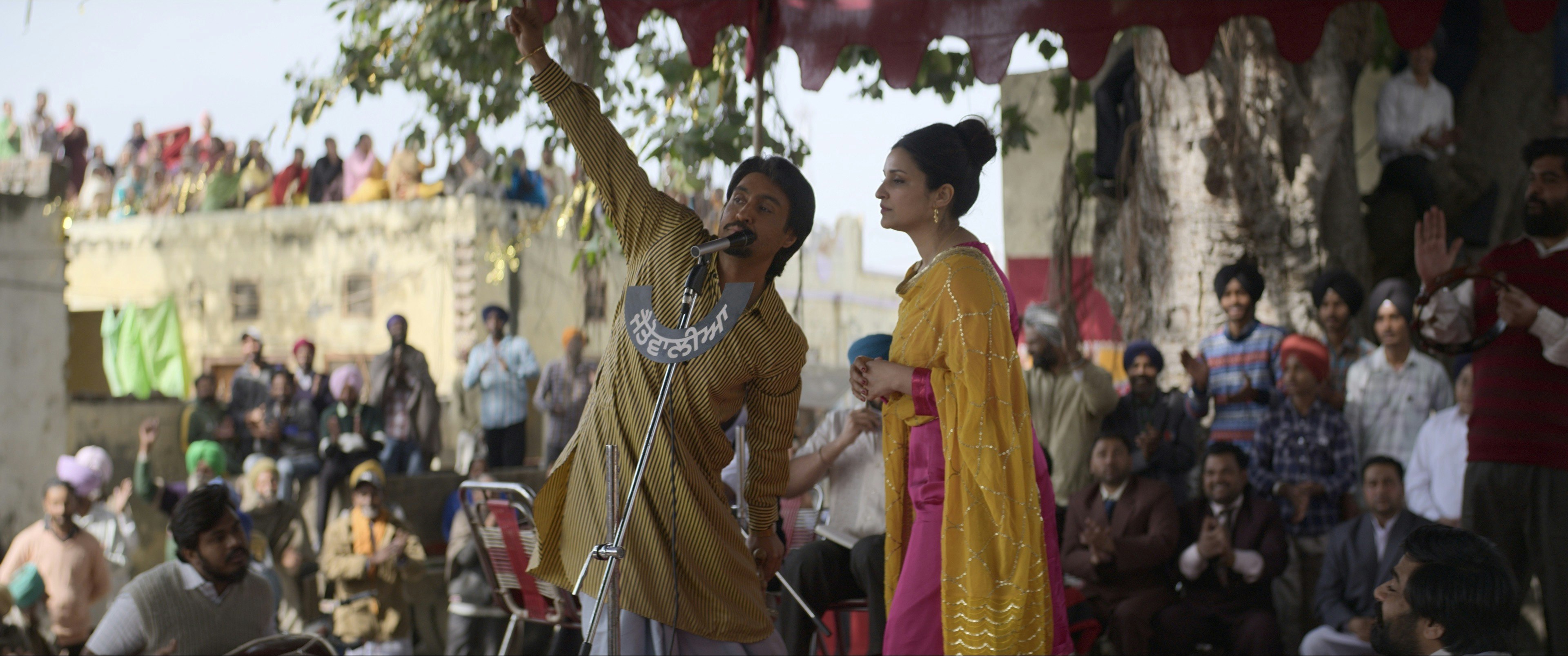 | 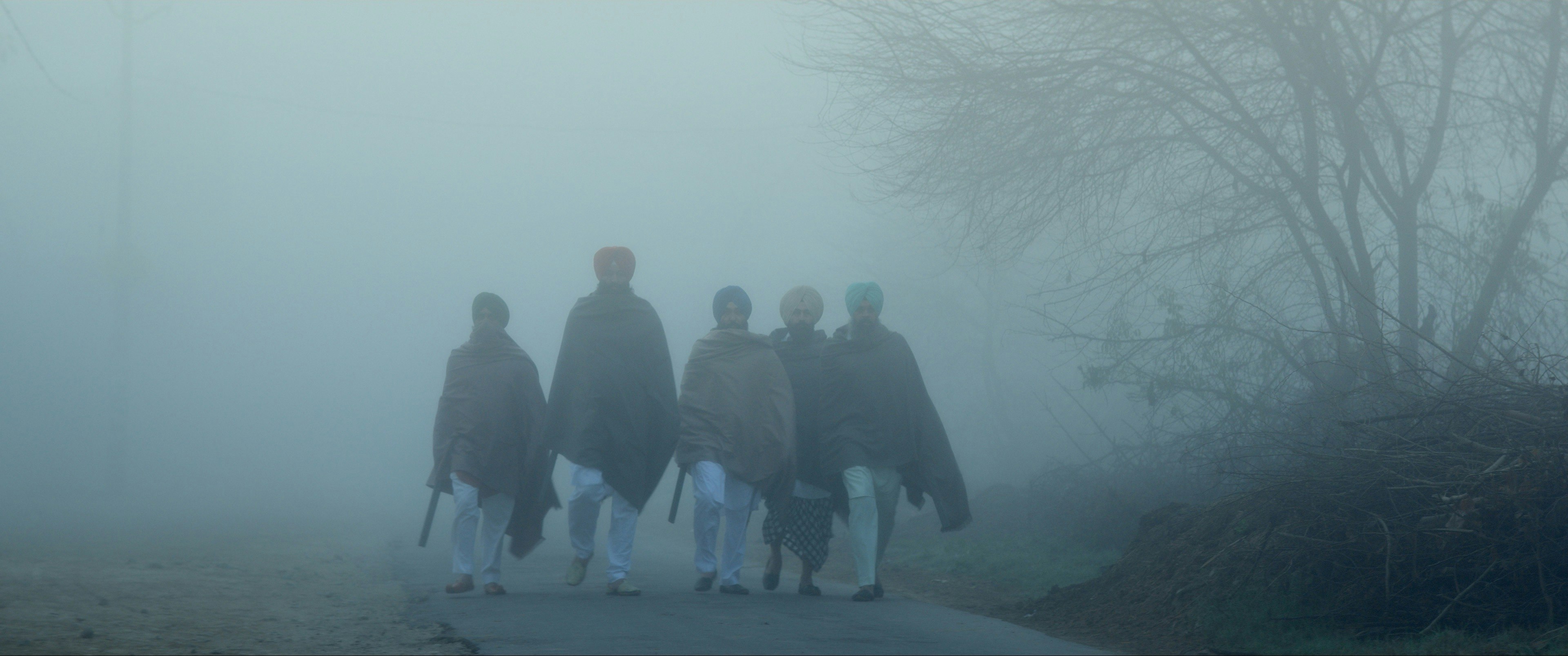 | |
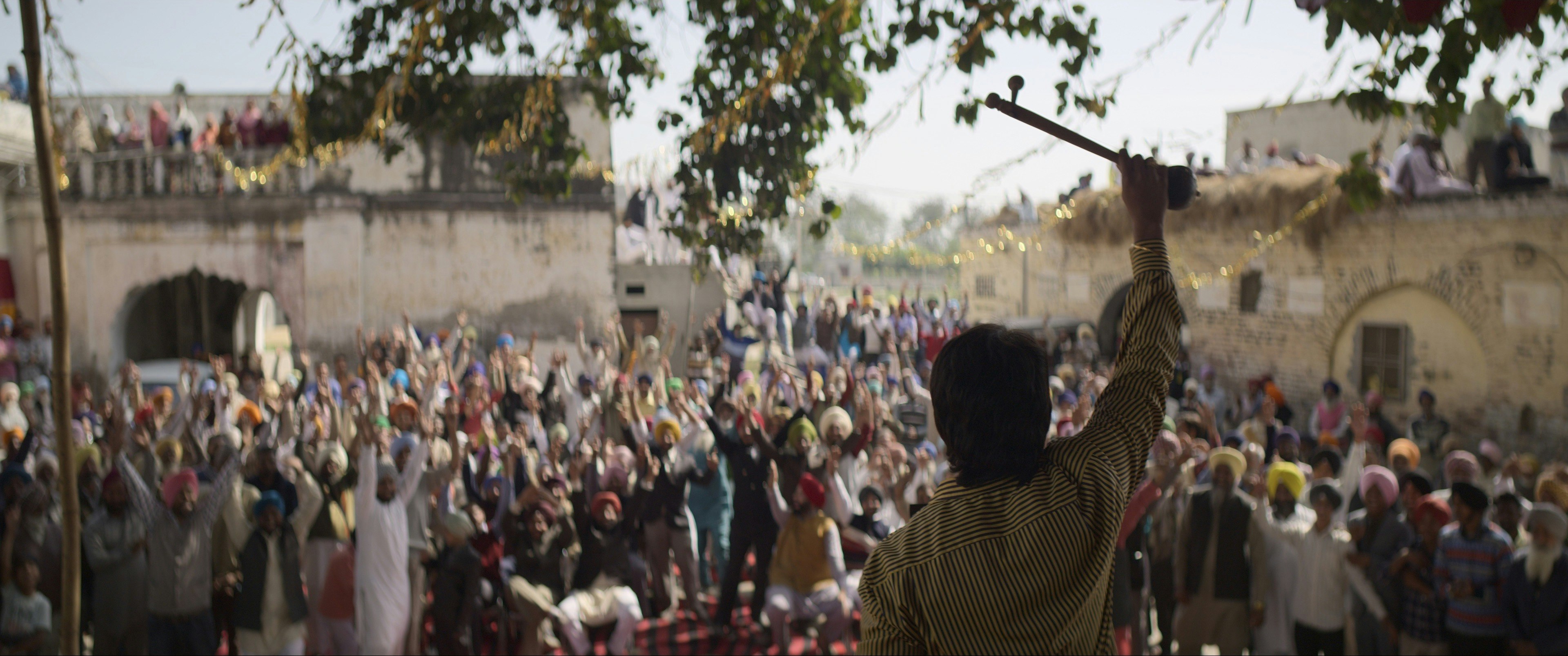 | 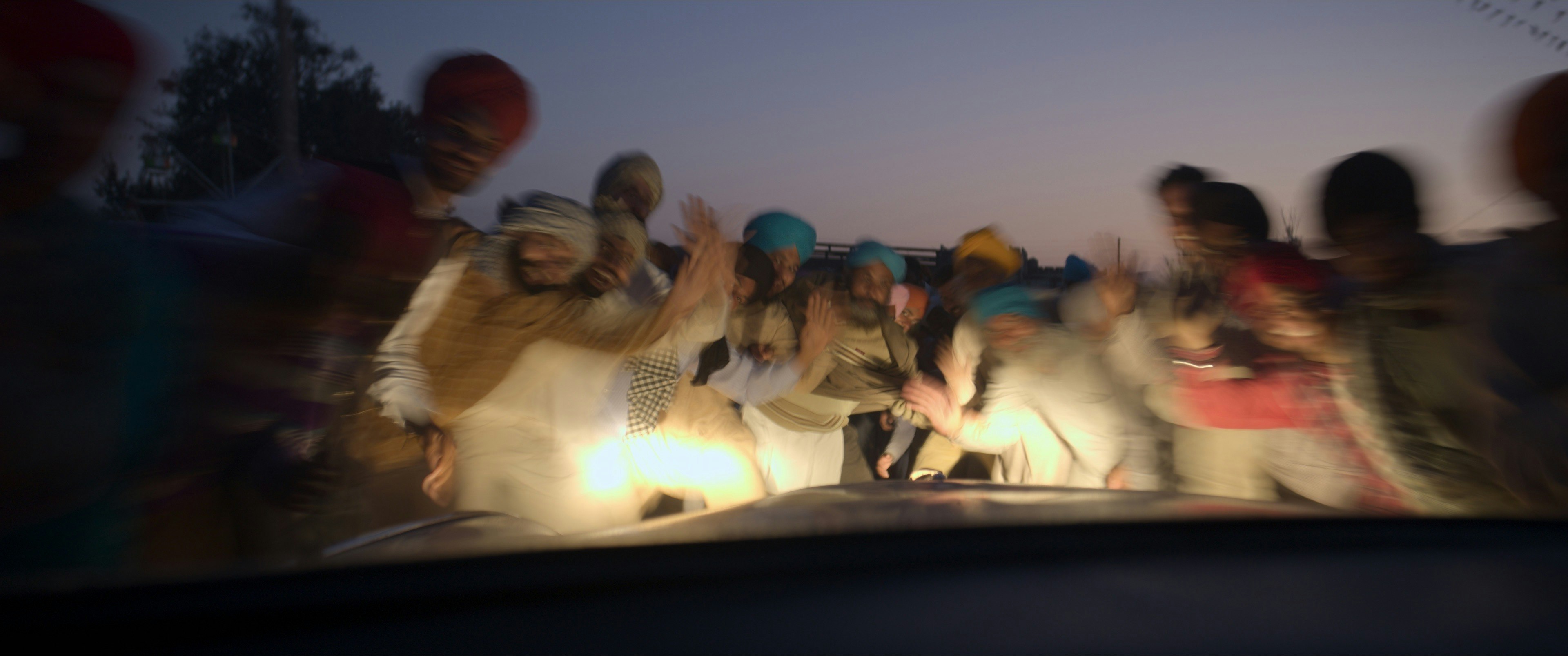 |
Early on during the prep he mentioned he likes to work with a single camera. This was a breath of fresh air for me because the norm nowadays is to shoot with two cameras as standard. There are several pros and cons to each approach, but as any cinematographer would point out having only one camera allows you to concentrate on a single viewpoint making the compositions, lensing and lighting amongst other things much better. This also has an immense impact on staging of the scenes and shot design. Two cameras can definitely help with coverage and capture moments that are not easily repeatable like action sequences, dance choreography or heightened emotional scenes. Imtiaz feels that the footage that comes from a two camera shoot doesn't have the same emotional connect as when you have a single camera.
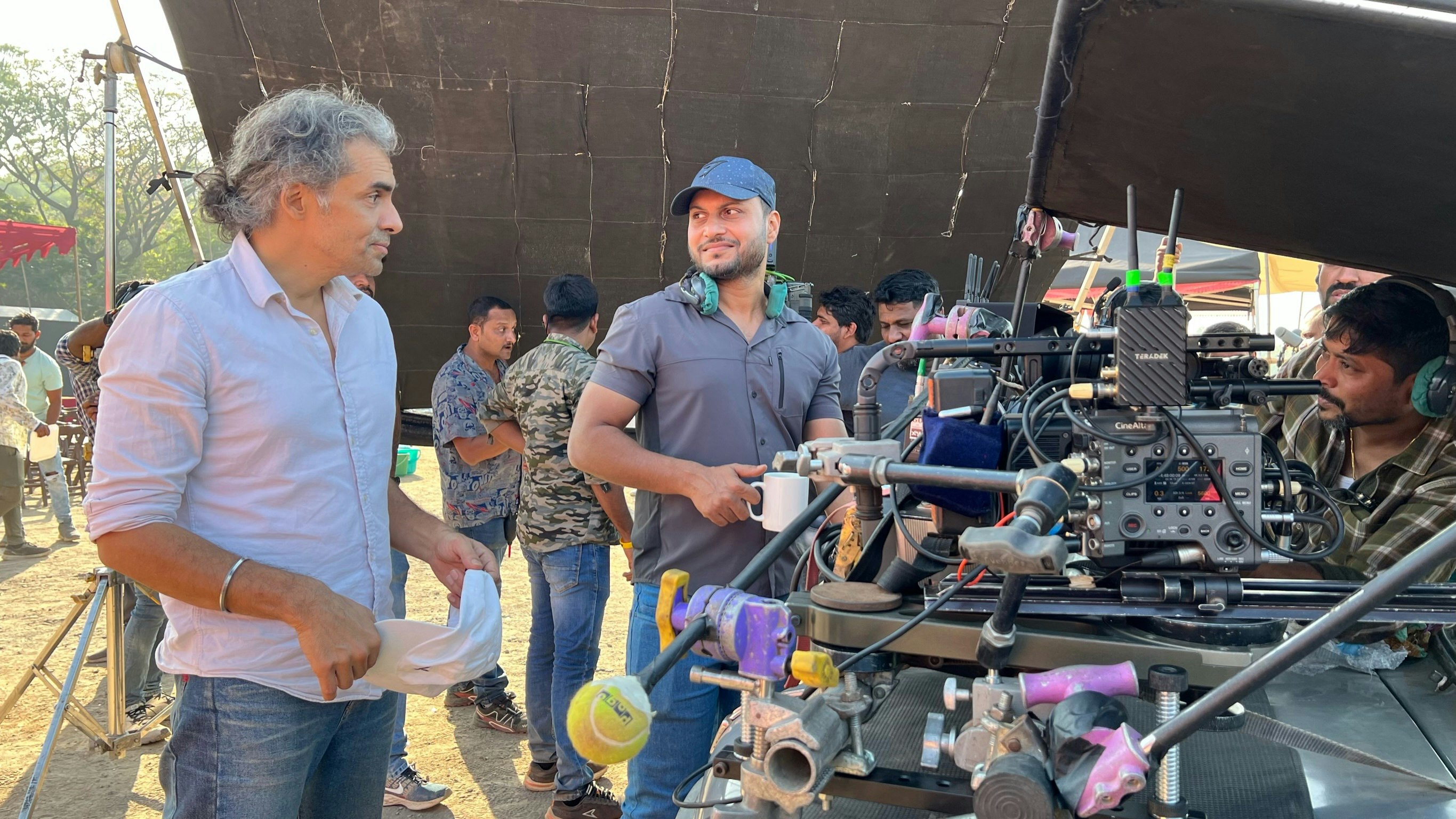 | 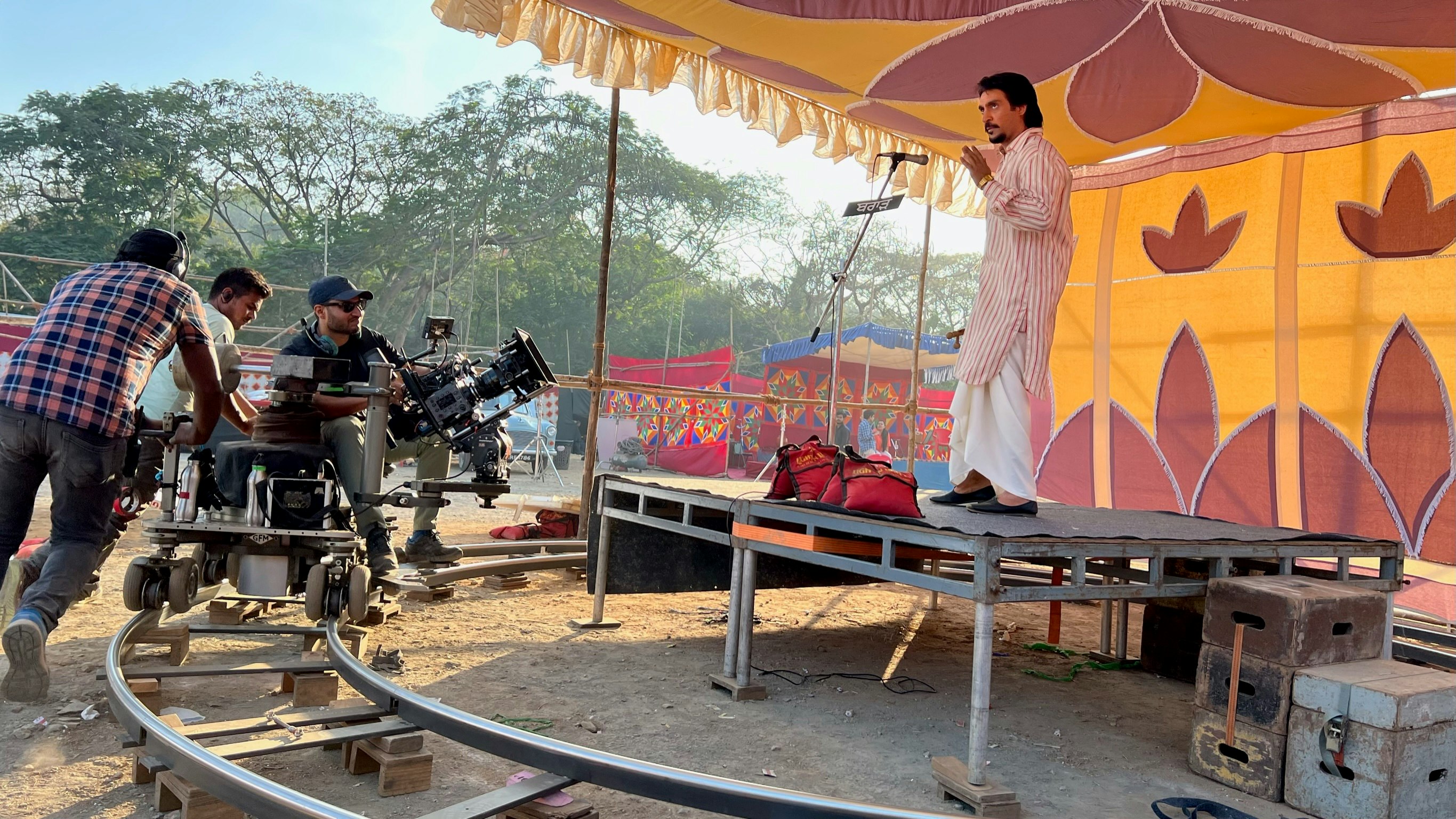 | |
During our discussions, Imtiaz used a term called ‘Key frame’ by which he meant that we should observe each scene from a viewpoint that best captures the performances and emotions of our actors. The scene would play out in this shot almost like a master and we would be blocking in a way that we would be able to capture the essence of the scene within the shot itself. We also kept the room open for taking other shots where we felt we wanted to place emphasis or bring attention to certain aspects or emotions, which would be missed out if we only stuck to the master shot. This approach would help us create more hold on to our characters rather than using more cuts to convey the story.
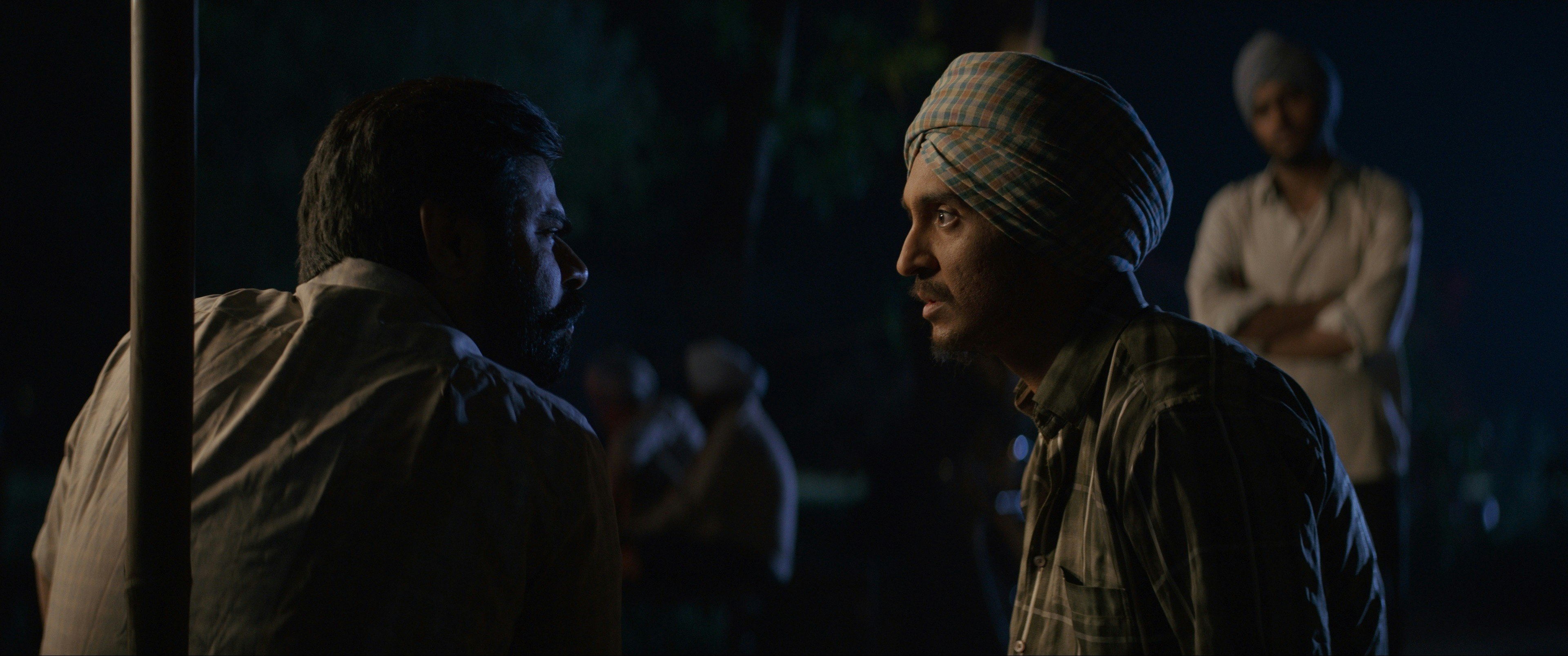 | 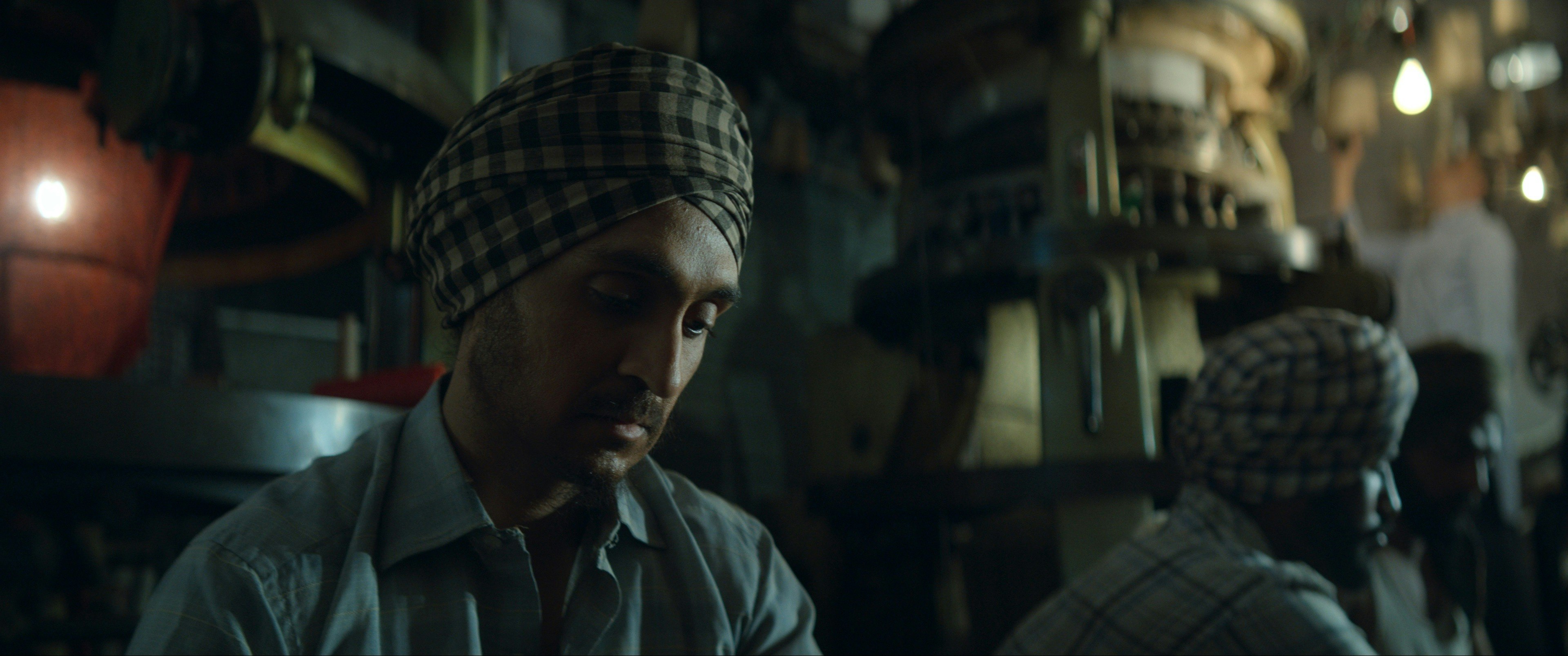 |
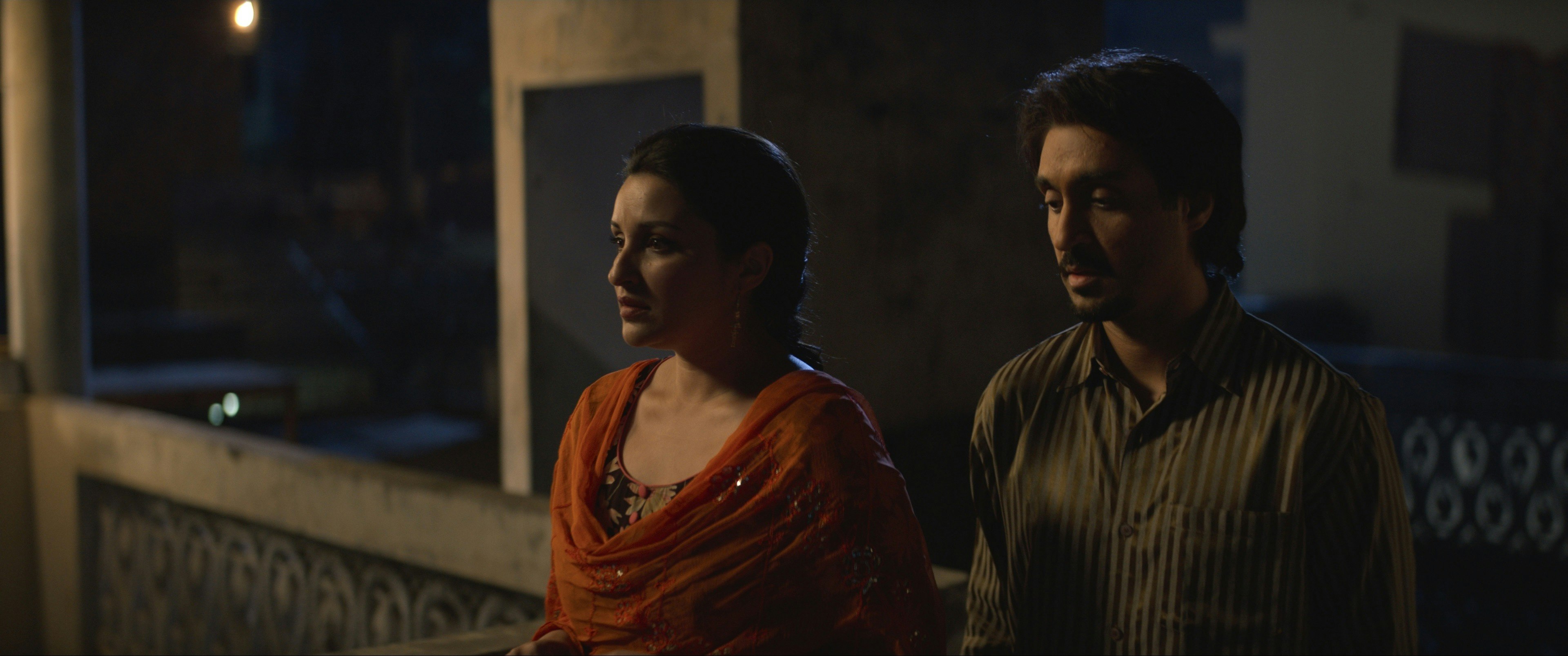 | 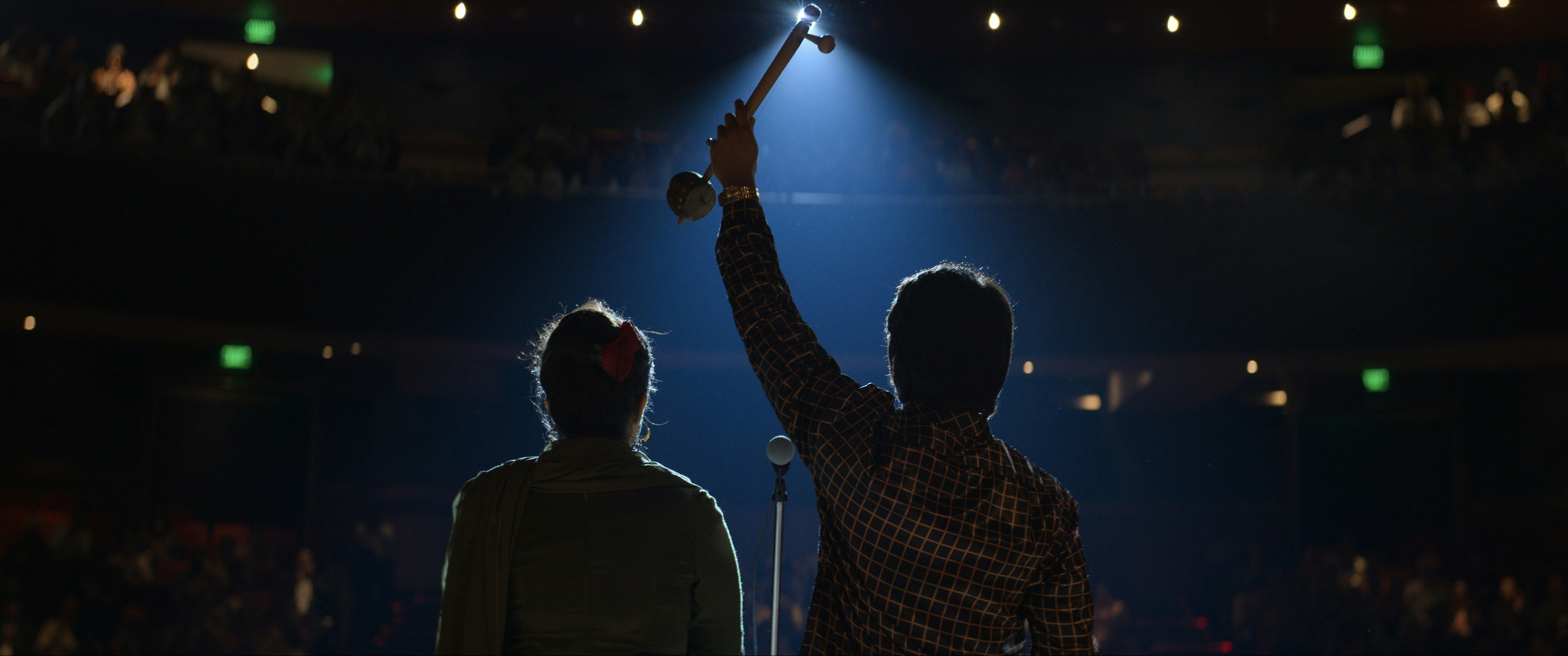 |
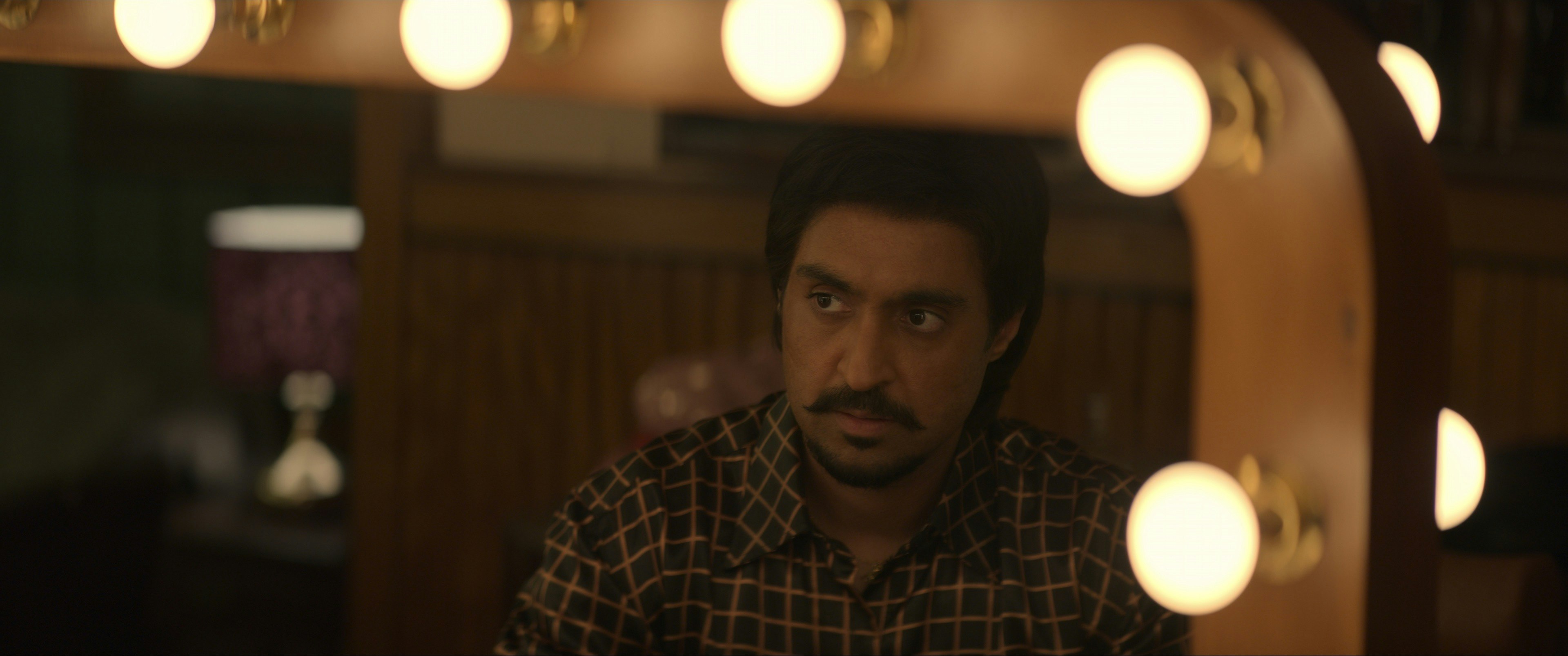 | 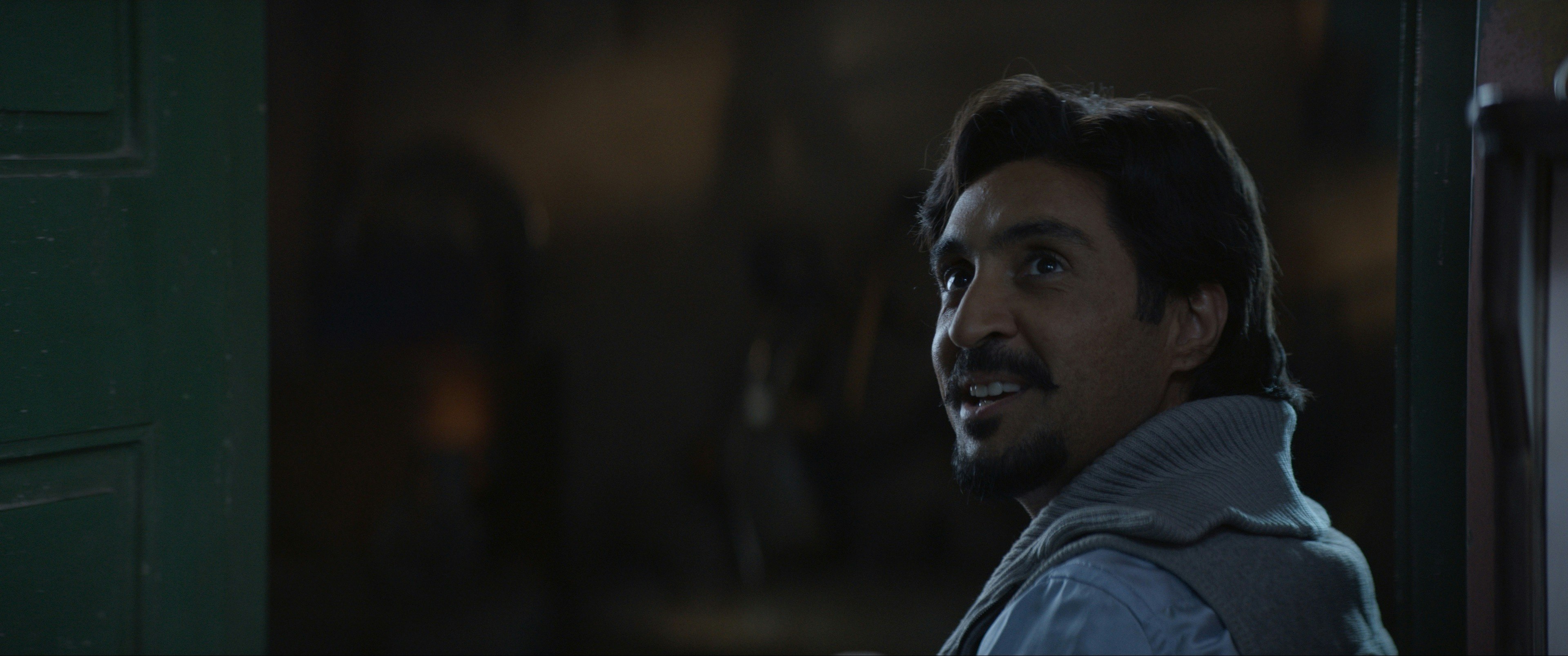 |
Tapestry of Images
To tell Chamkila’s we employed several cinematic techniques not just to make the storytelling interesting but also bring alive the phenomenon that Chamkila was. Split screens appear throughout the film which have been designed meticulously to drive the narrative forward. The design of these split screens, the size, shapes and aspect ratio of these split screen boxes were also pre determined during the prep itself rather than it being an afterthought. Several times these split screens have been used to jump between timelines. Additional benefit that split screens offer was that we could stay on shorts longer for us to savour them.
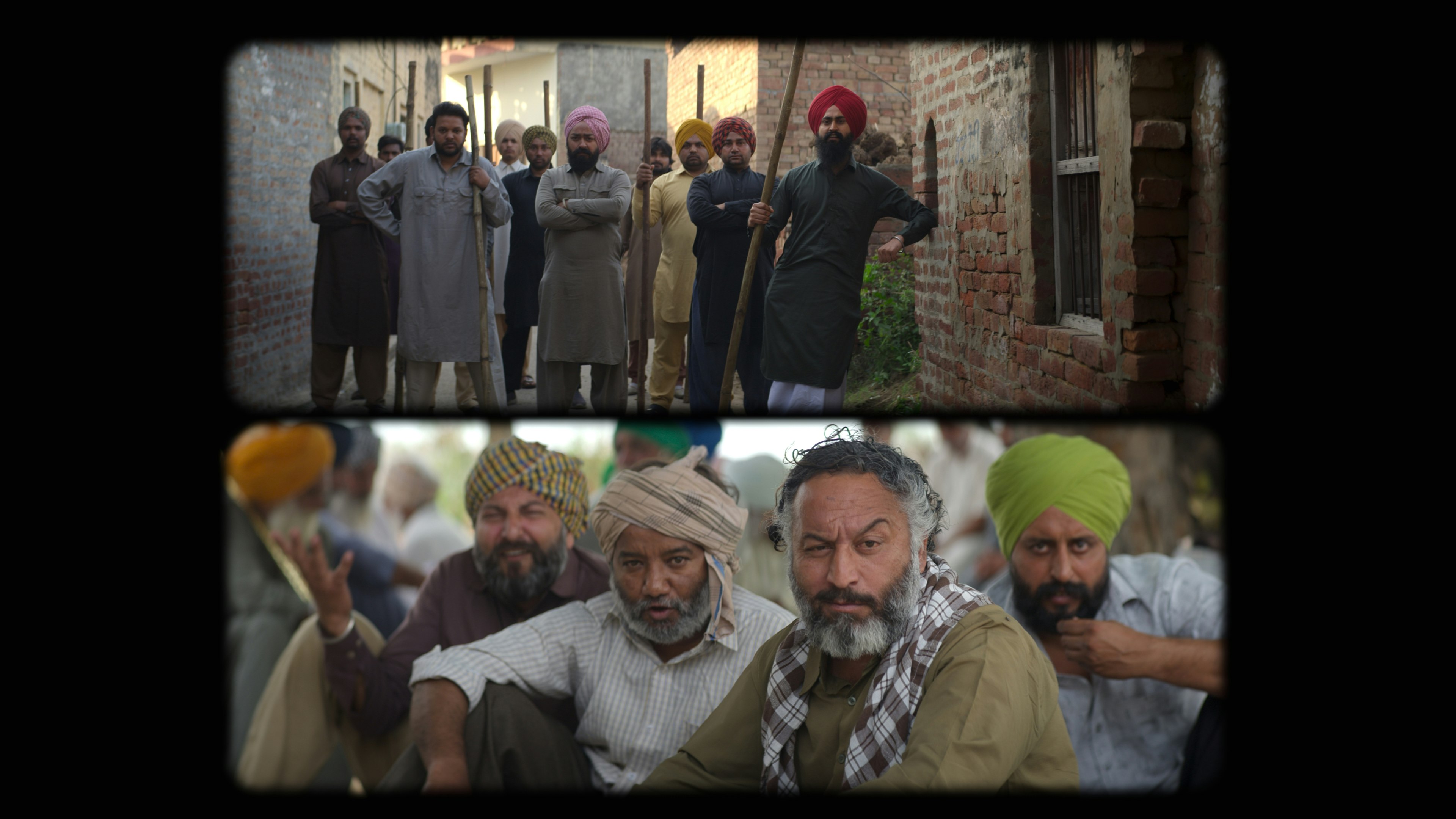 | 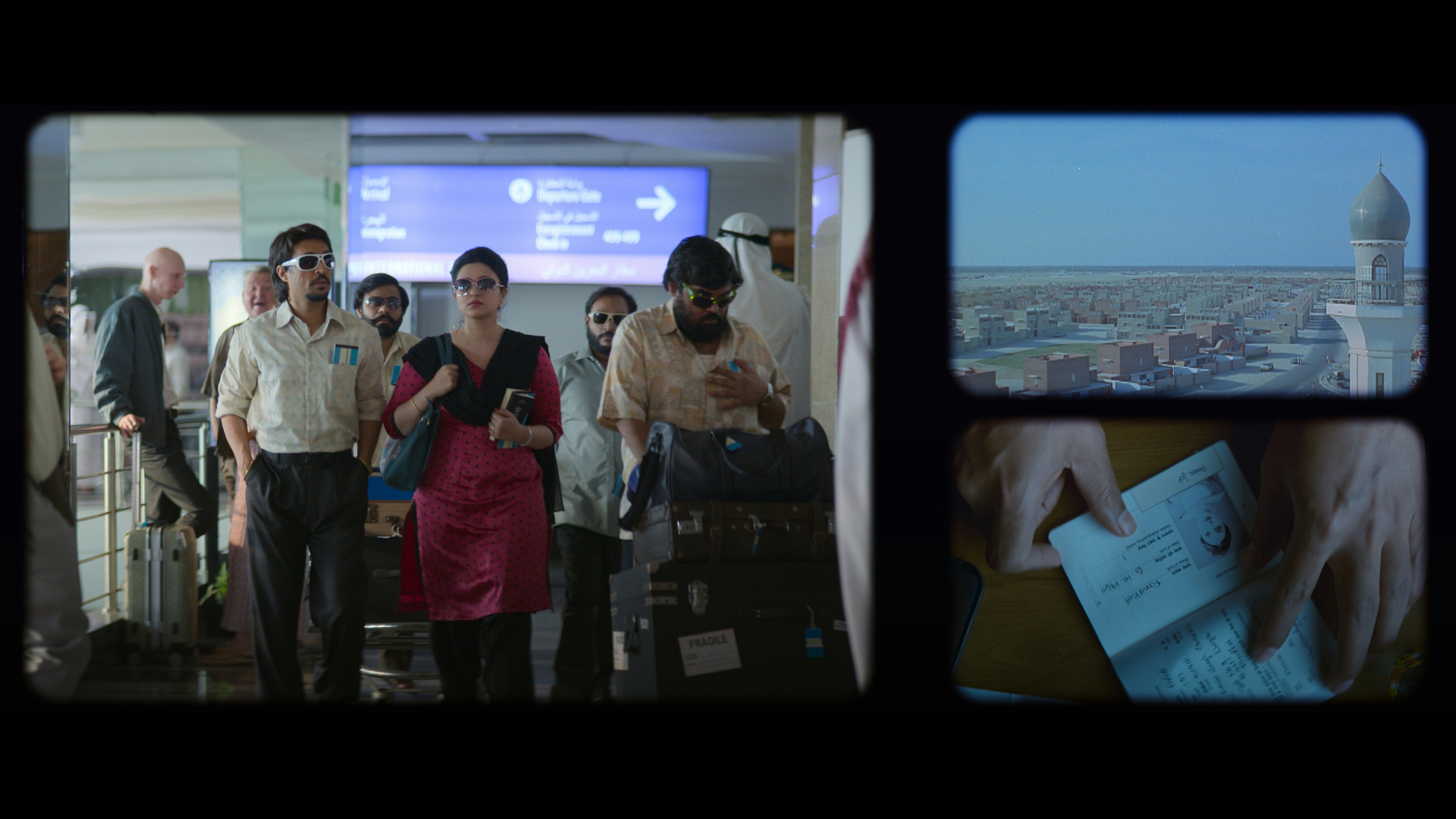 | |
Kanchi Kanani and her team at PhilmCGI did a fabulous job with 2D animation and the text supers over images. We expanded the scope of our visual language by uniquely blending the live image and animation. The style of the animation sequences were derived and pre-decided based on the kind of emotion or mood of the underlying scene. Several sequences have animation either drawn on to the image from the camera and some other sequences where the camera image blends or transitions into the animated image or vice versa in a seamless manner. This required a lot of brainstorming coordination and discussion over several cups of tea/coffee. It was a fantastic opportunity for me to also understand and learn more about the animation process from conception to storyboard to final execution.
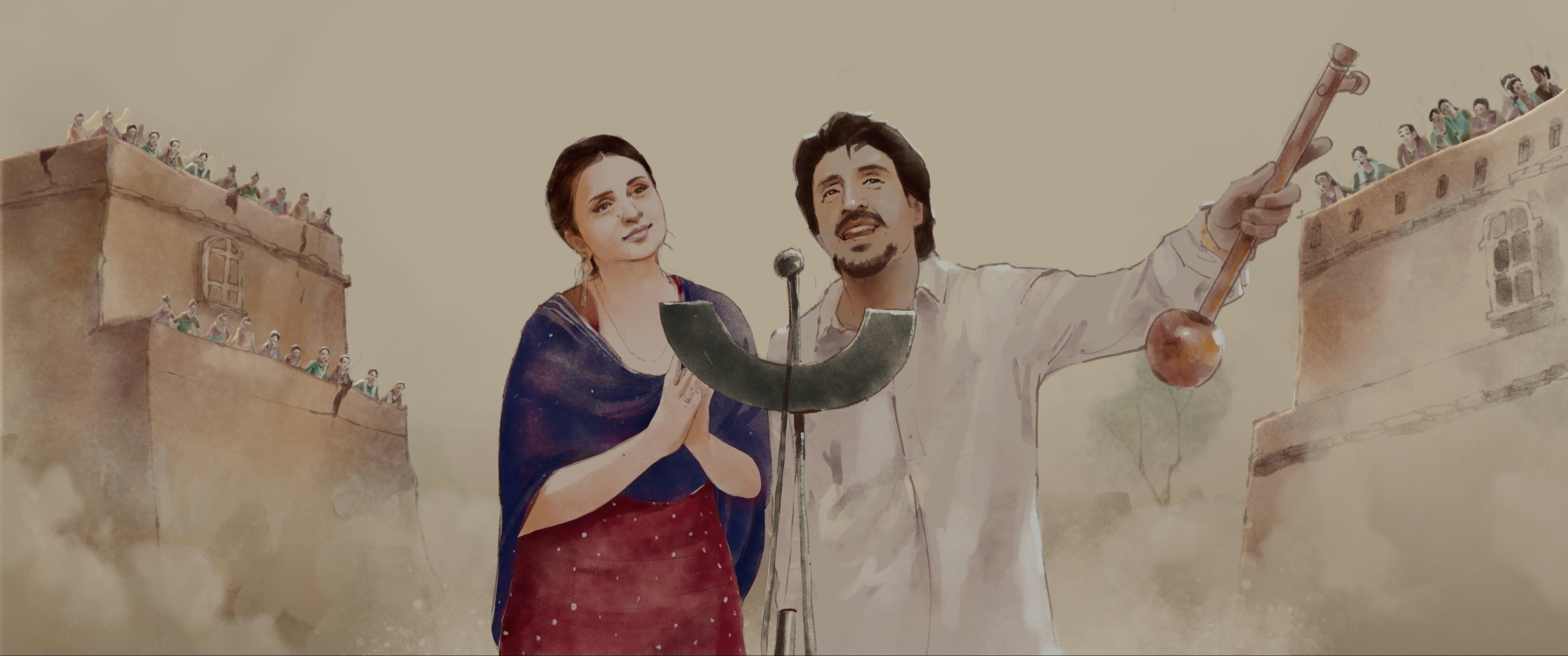 | 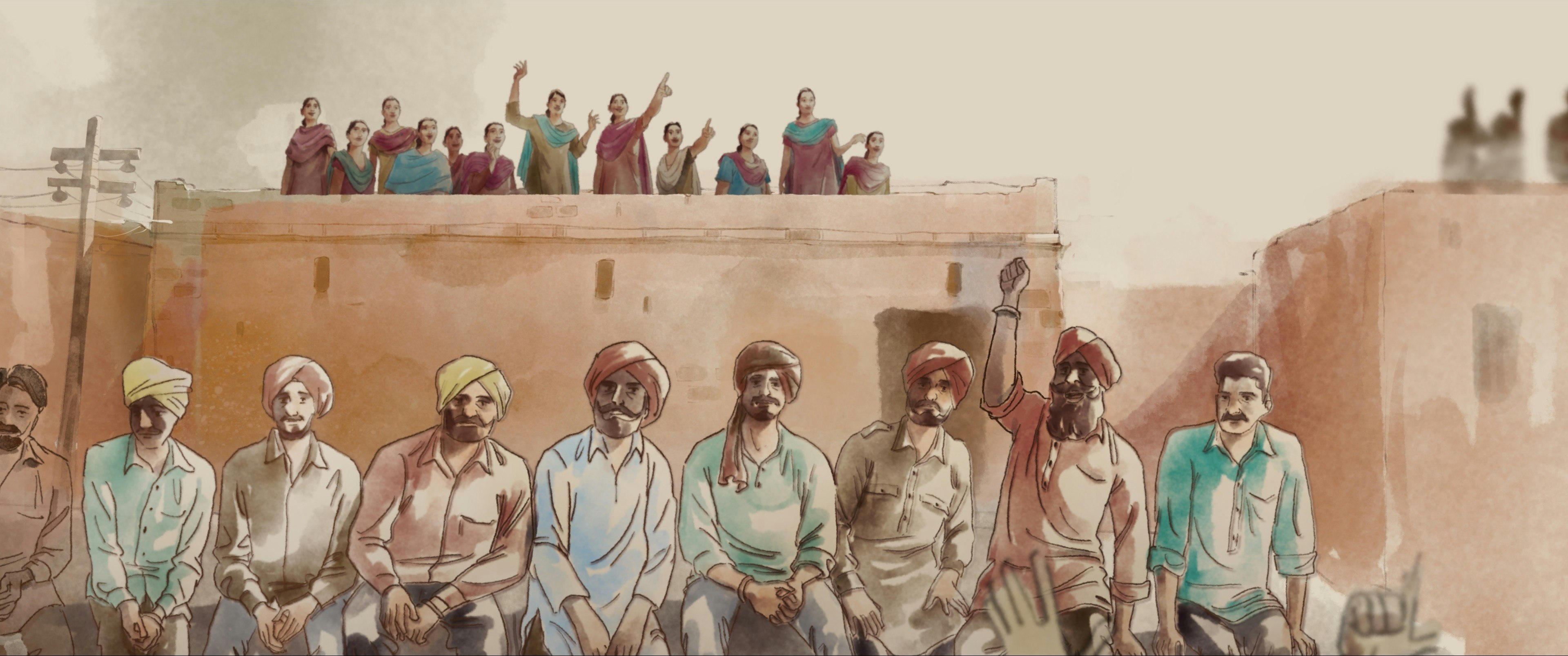 |
There are text supers in songs of Chamkila to explain to the audience the meaning of the words to help the audience get the context. Graphic superimpositions with vivid and dynamic imagery have been also used in songs to evoke a certain mood or emotion..
Several portions of archival footage have been used to help transport you as an audience to the land of Punjab in that time period. We also recreated several key moments from the lives of Amar Singh Chamkila and Amarjot including certain stage performances. Photographs have also used as a narrative tool across the film.
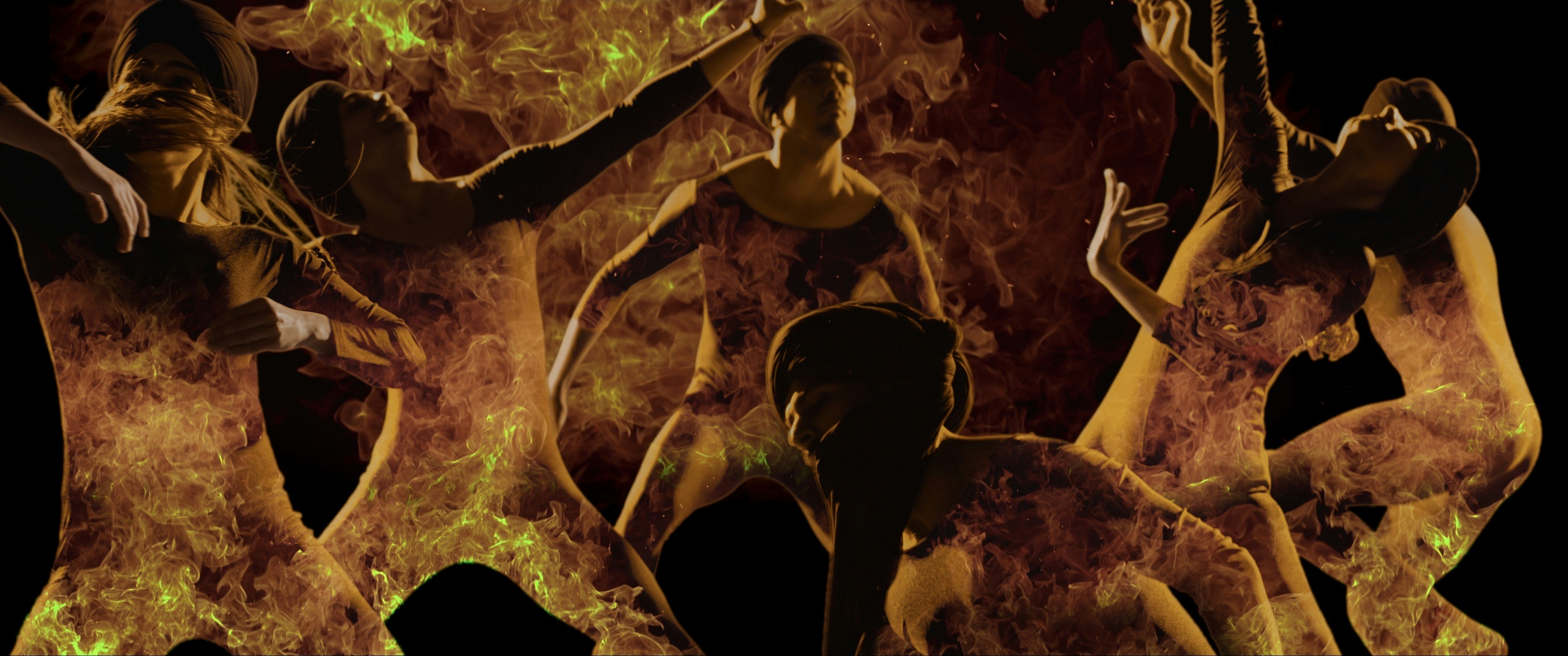 | 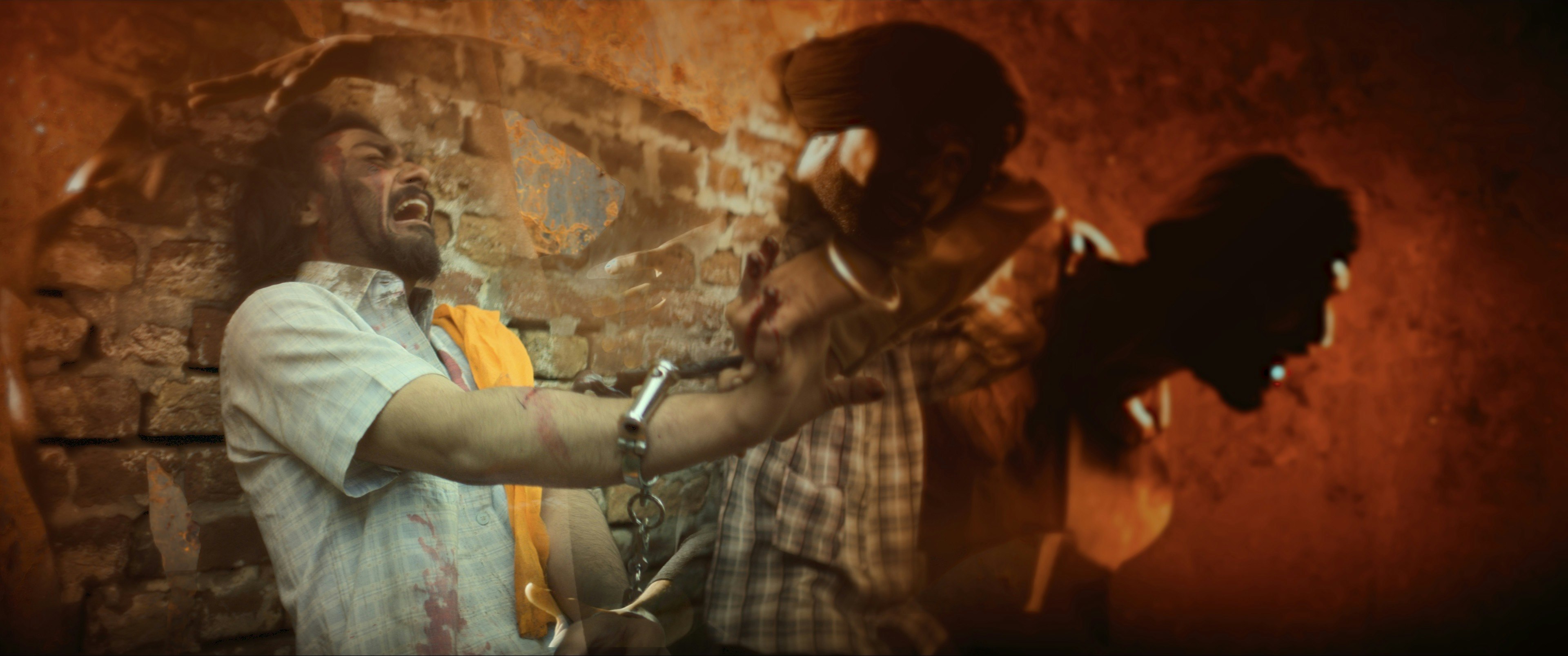 | |
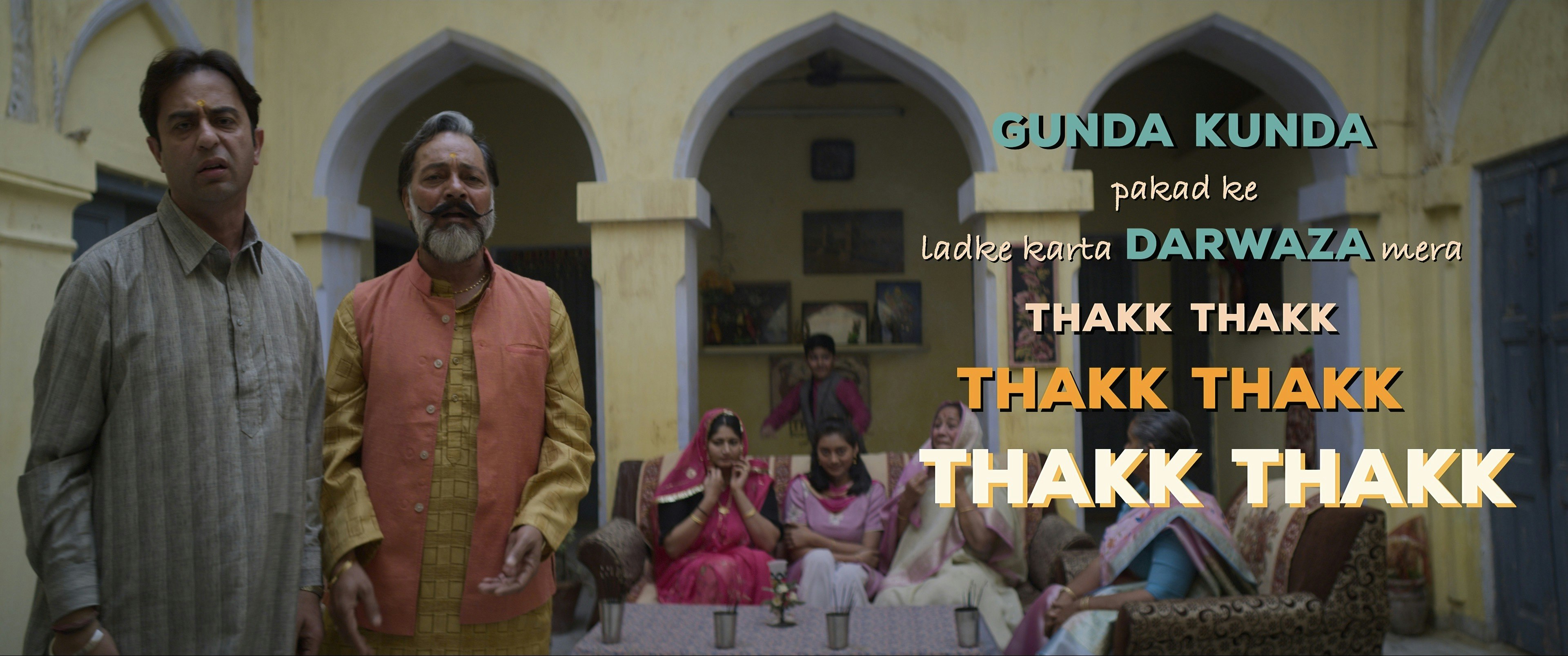 | 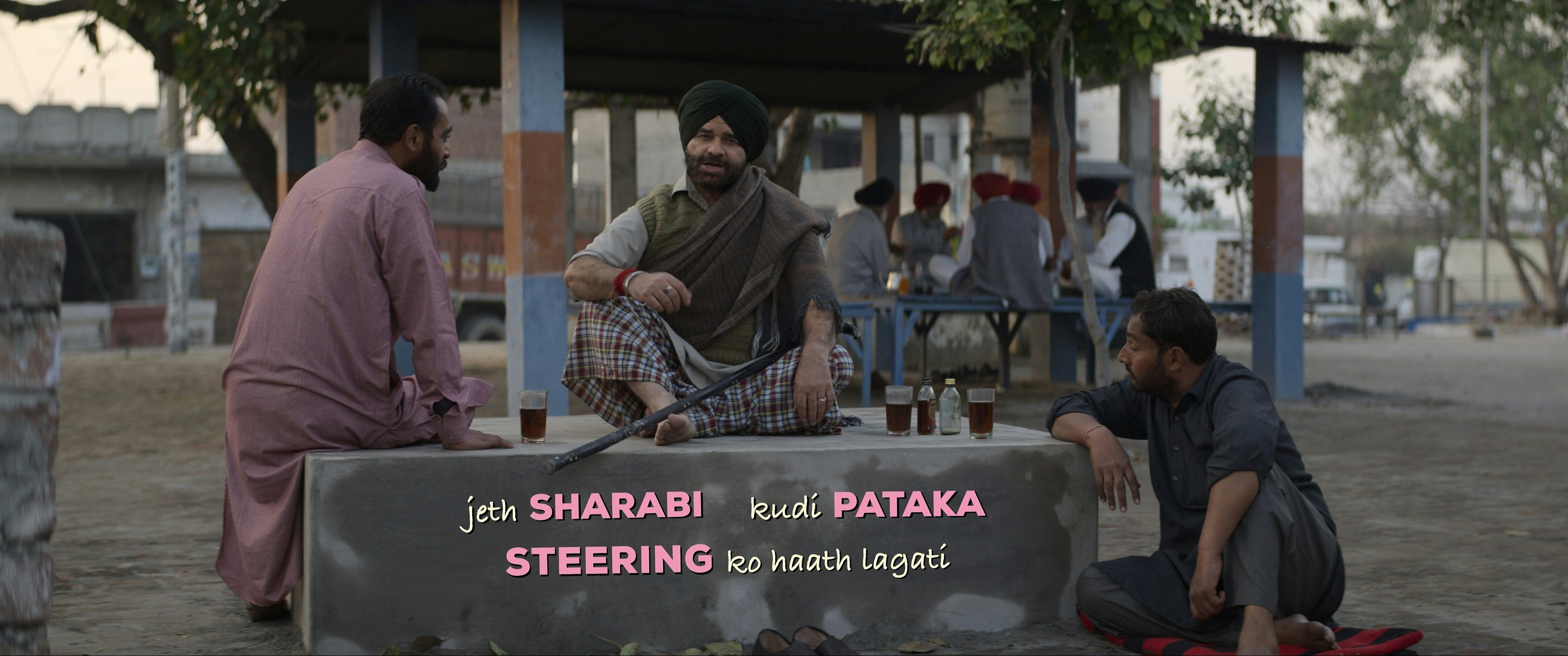 |
Music
Music is the underlying pulse of ‘Chamkila’, and it shines throughout the film. What’s special about these songs in the film is that the voices and musical instruments were recorded live on location in front of the crew, and not in the studio. This creates an immersive sense of being there amongst the audience; adding a layer of authenticity. We were fortunate to set up and shoot numerous live performances in real locations- making every day on set a daily private live concert by the best.
 | 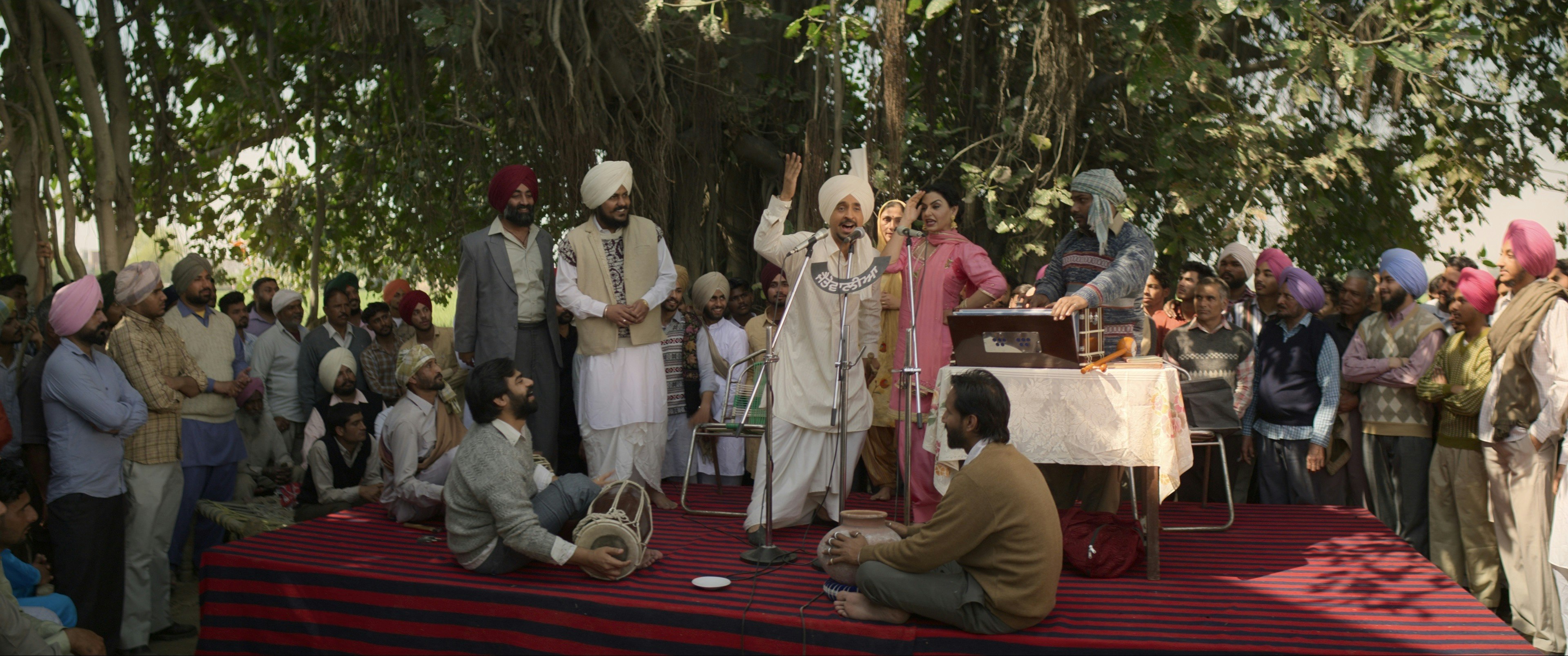 | |
In addition to the live songs and the background score, there are 2 original compositions by A.R. Rahman- ‘Naram Kaalja’ and ‘Baaja’ for which we shot it in a musical theatre style. The treatment involved characters from both our film and others breaking the fourth wall, singing directly to the camera. Both these songs also feature 2D animation interspersed with the visuals.
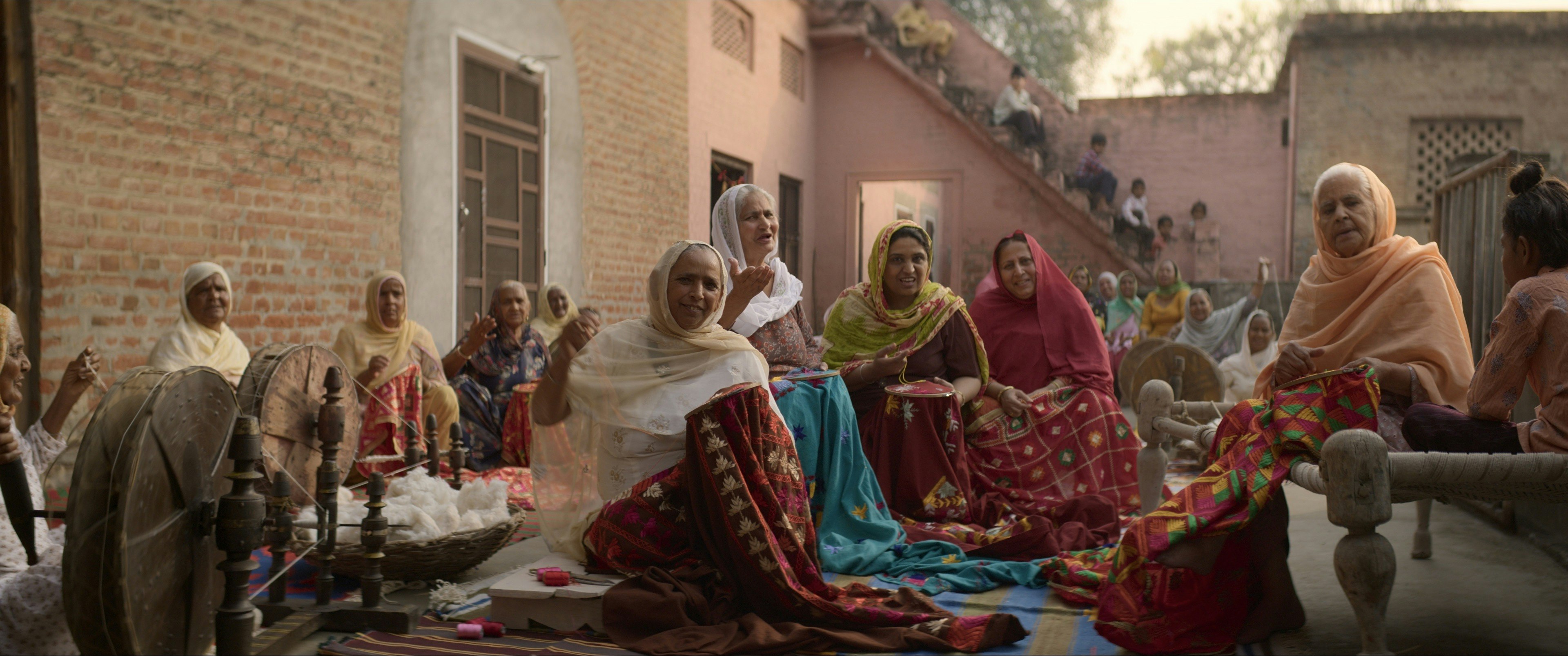 | 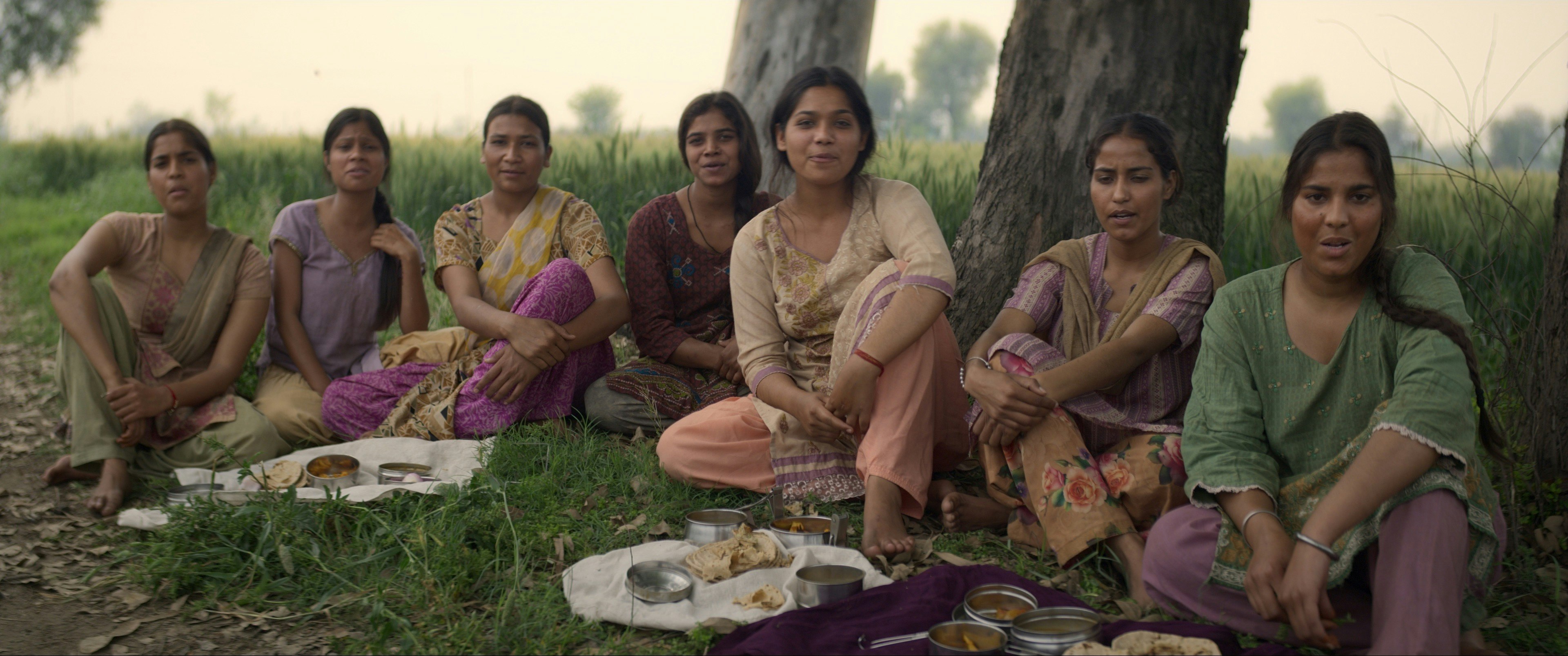 | |
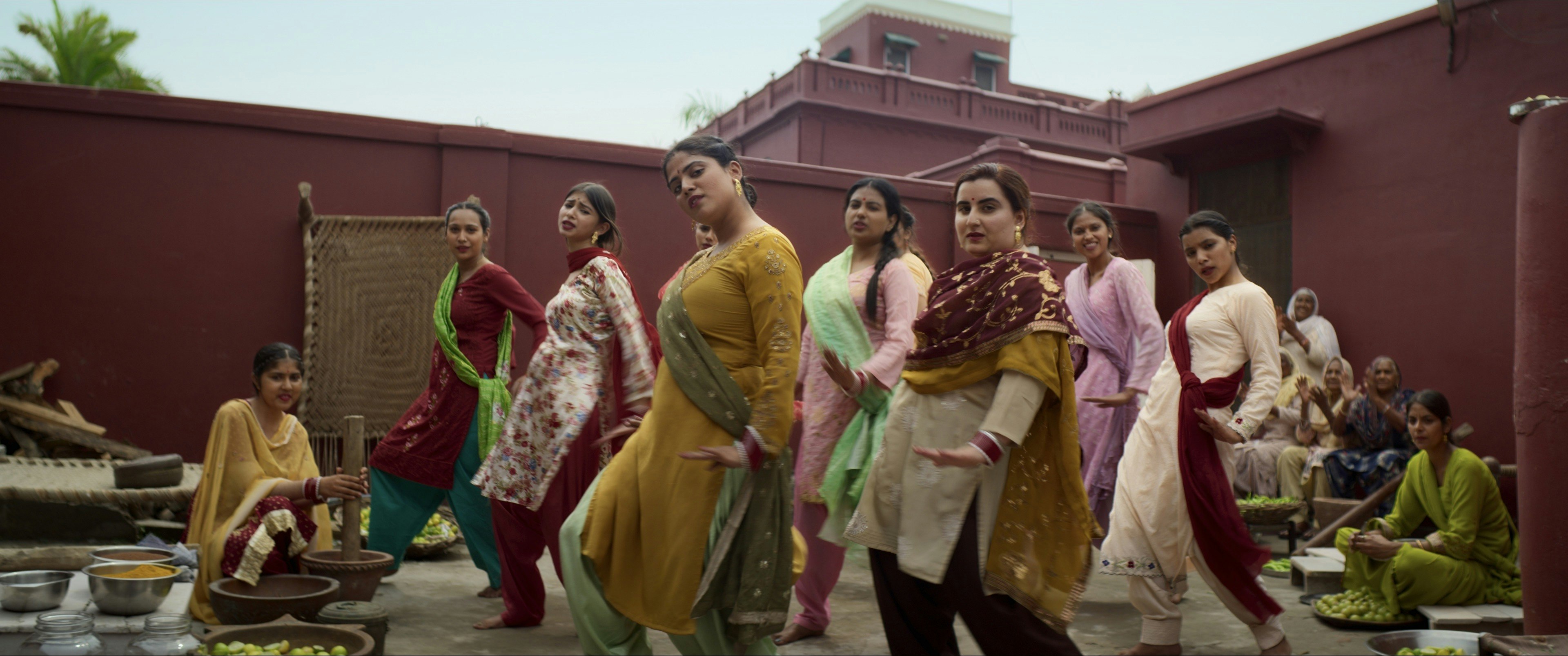 | 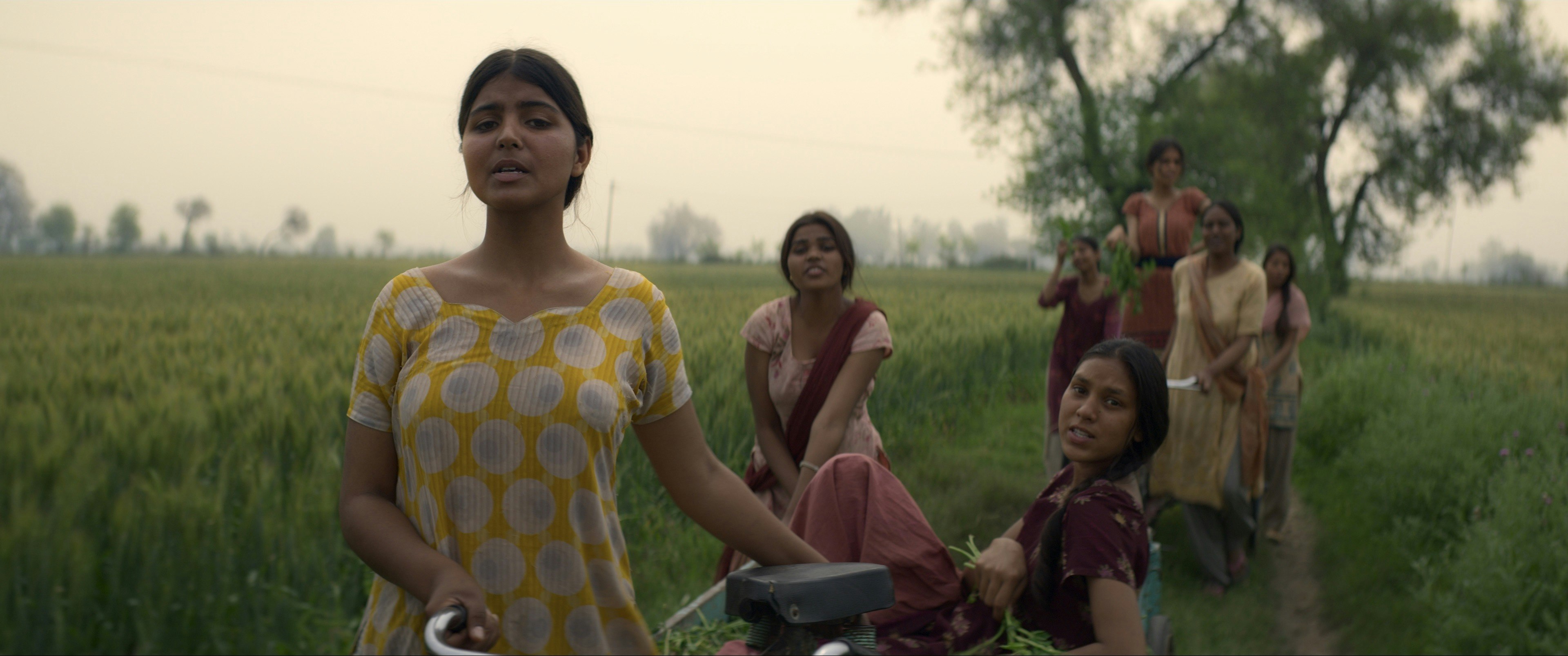 | |
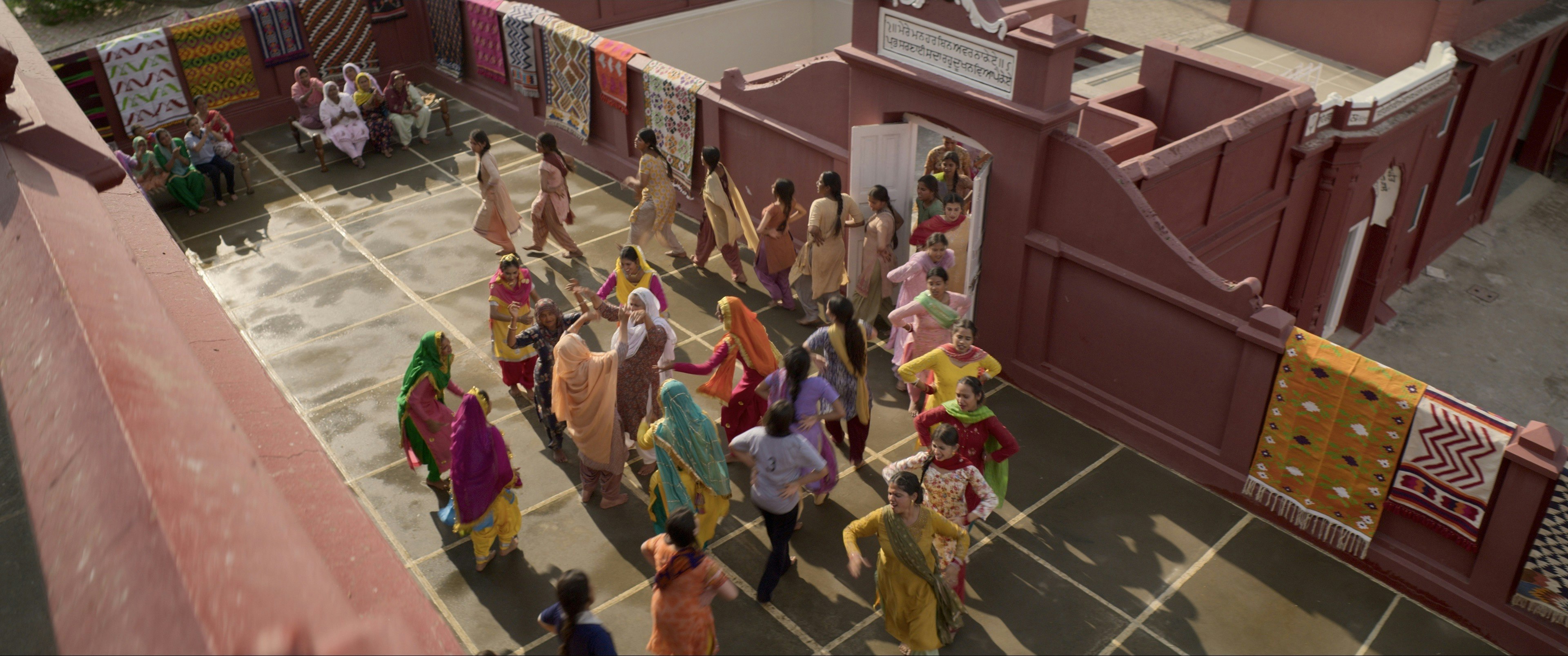 | 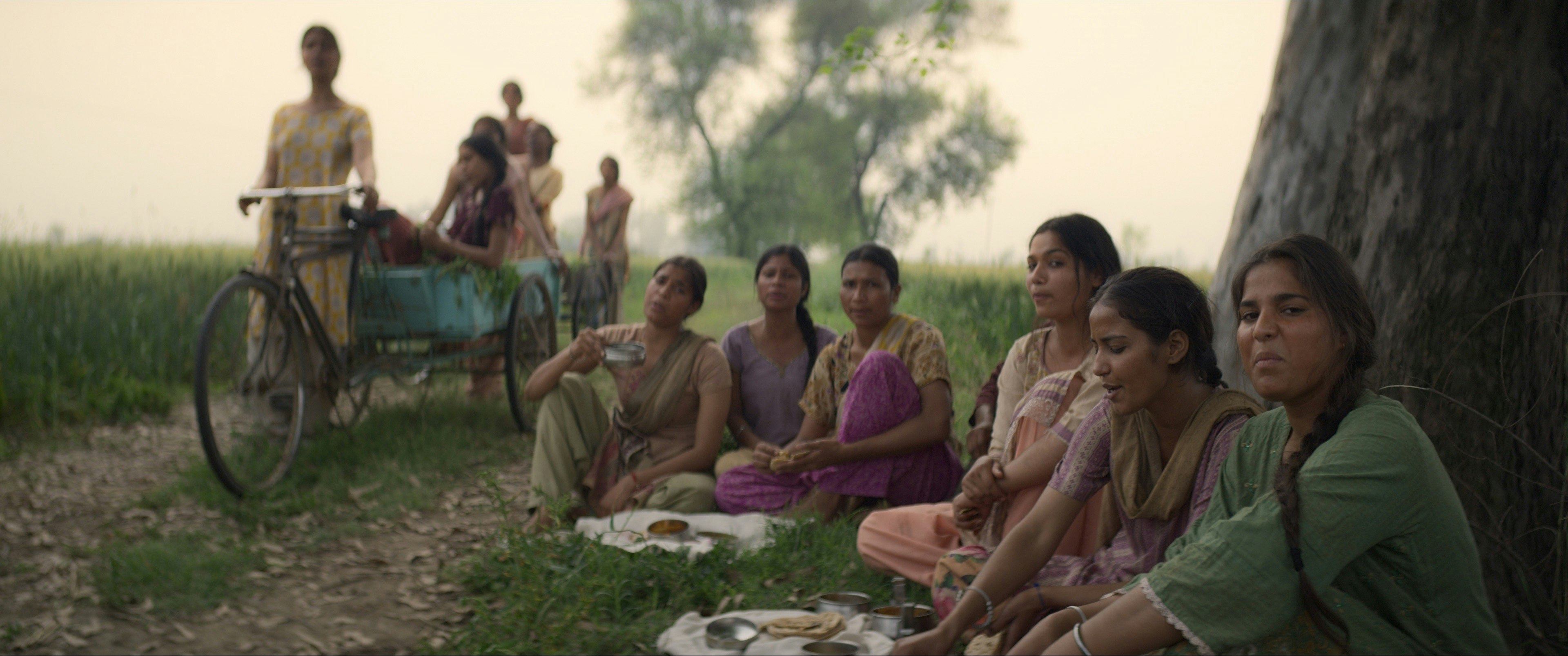 |
The visual treatment of ‘Tu kya Jaane’ , a song from Amarjot’s perspective, was special as Imtiaz envisioned a romanticised image. We tried a few things but quickly arrived at using crystals and flares to create a soft dreamy romantic aesthetic.
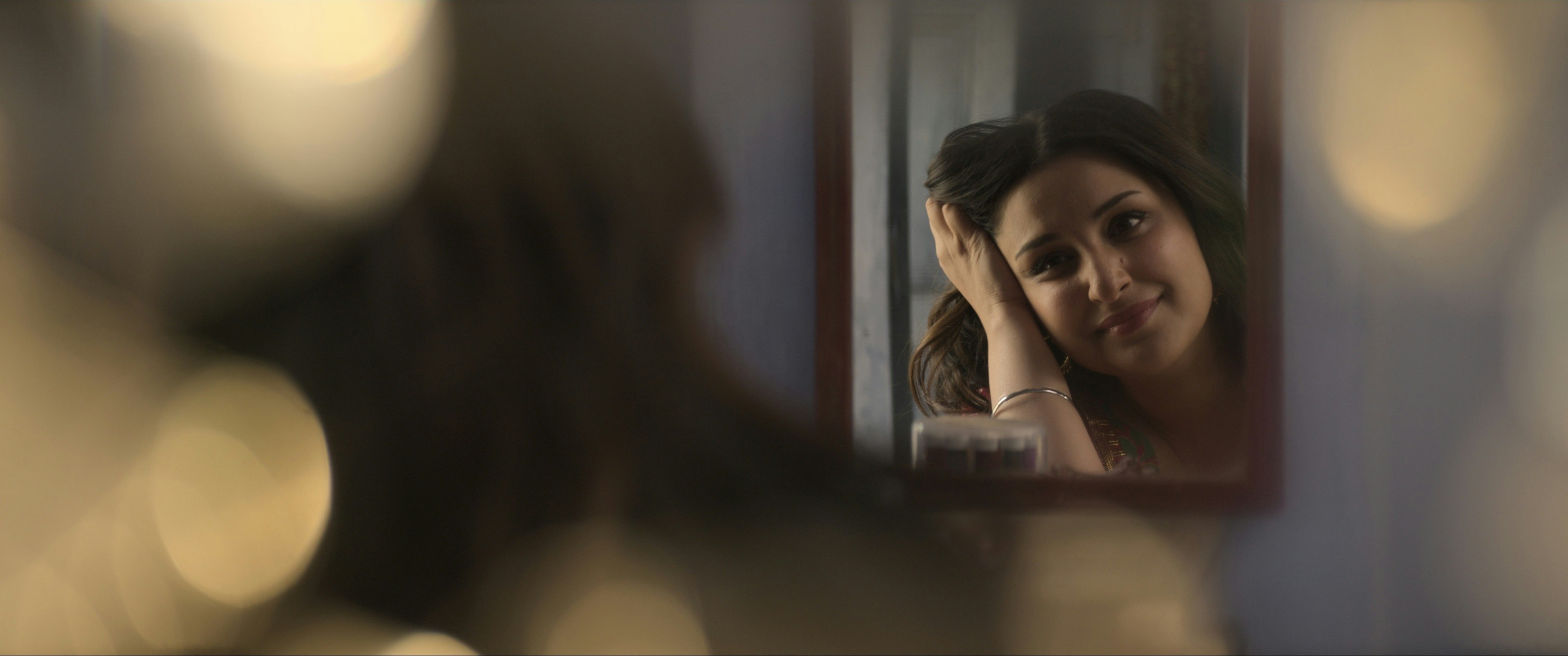 | 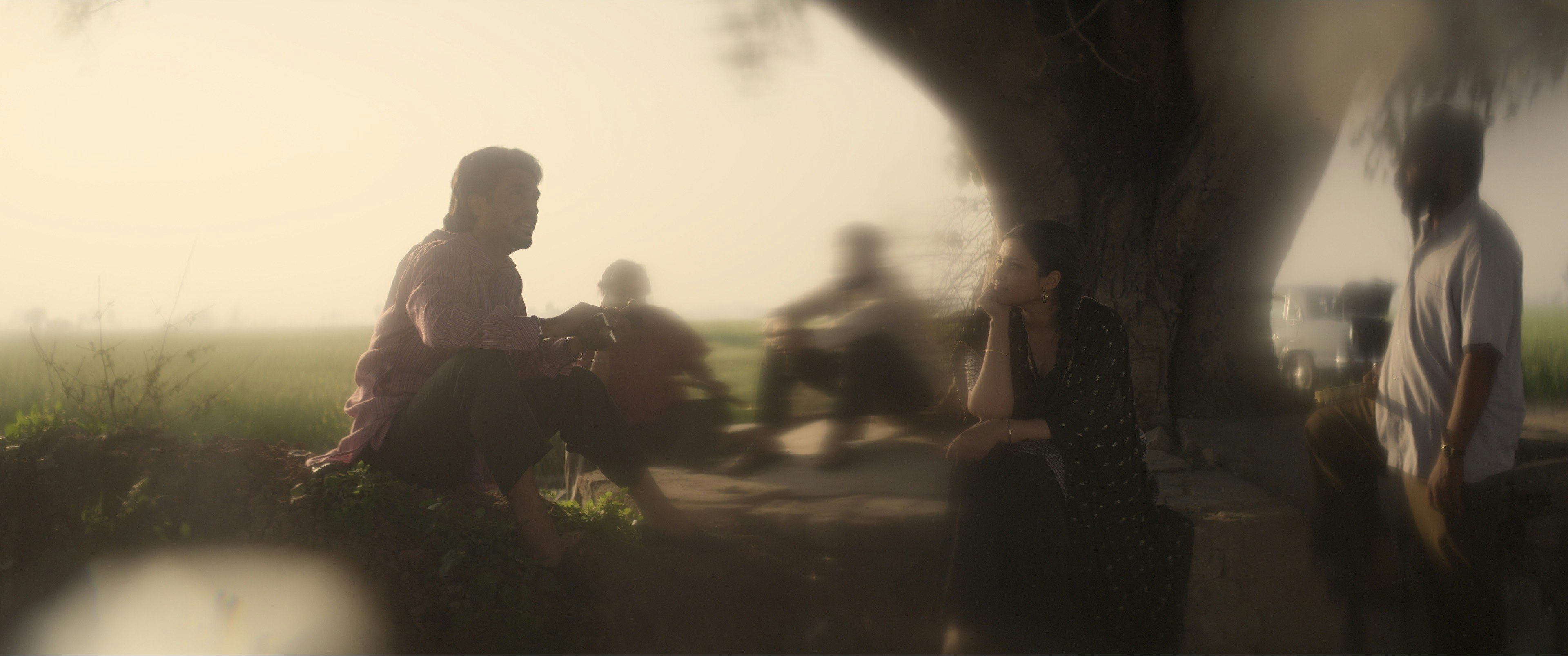 | |
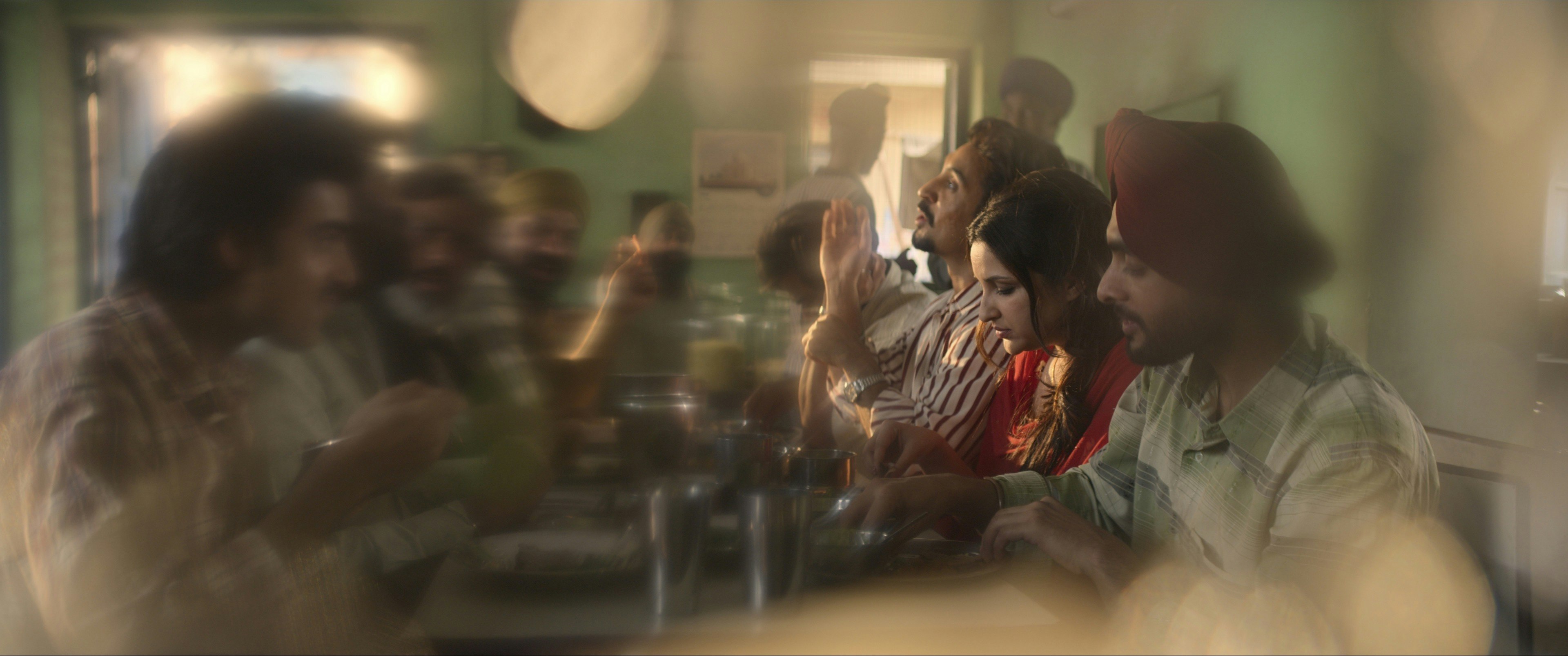 | 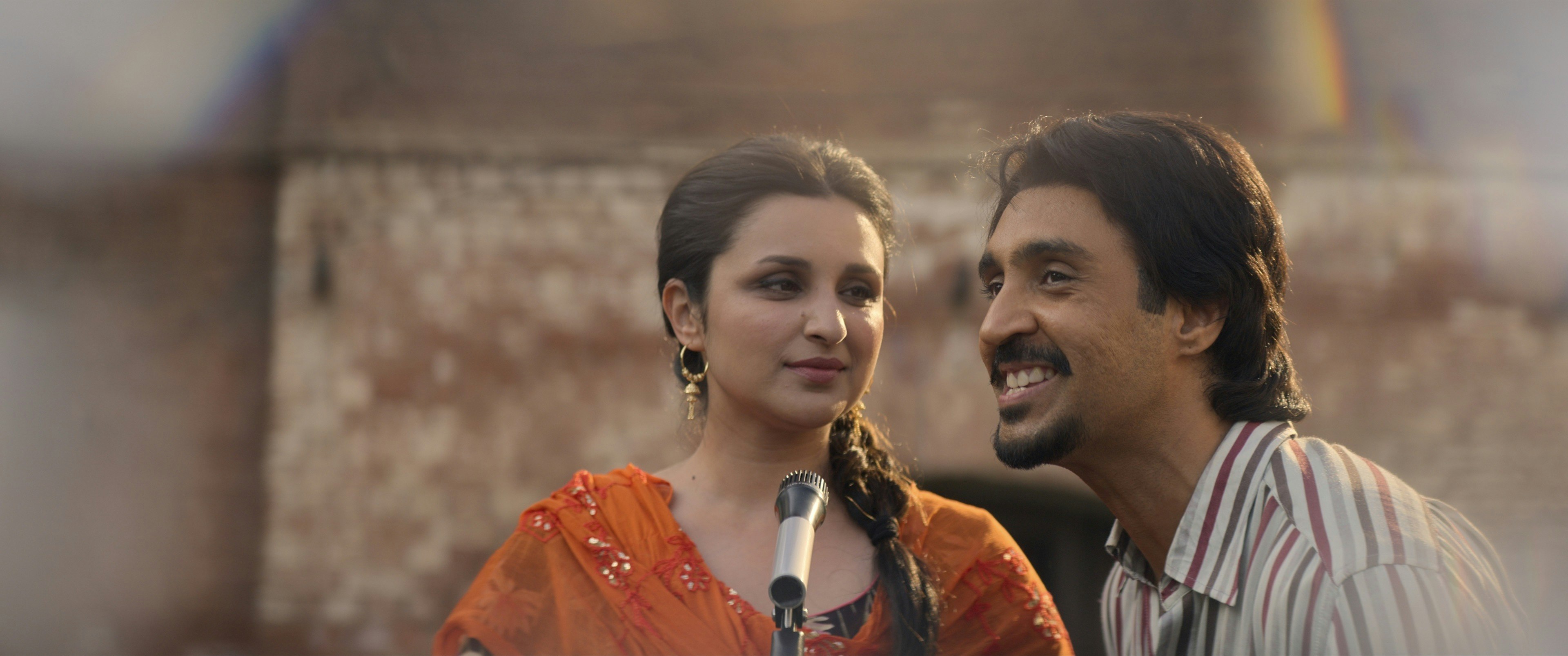 |
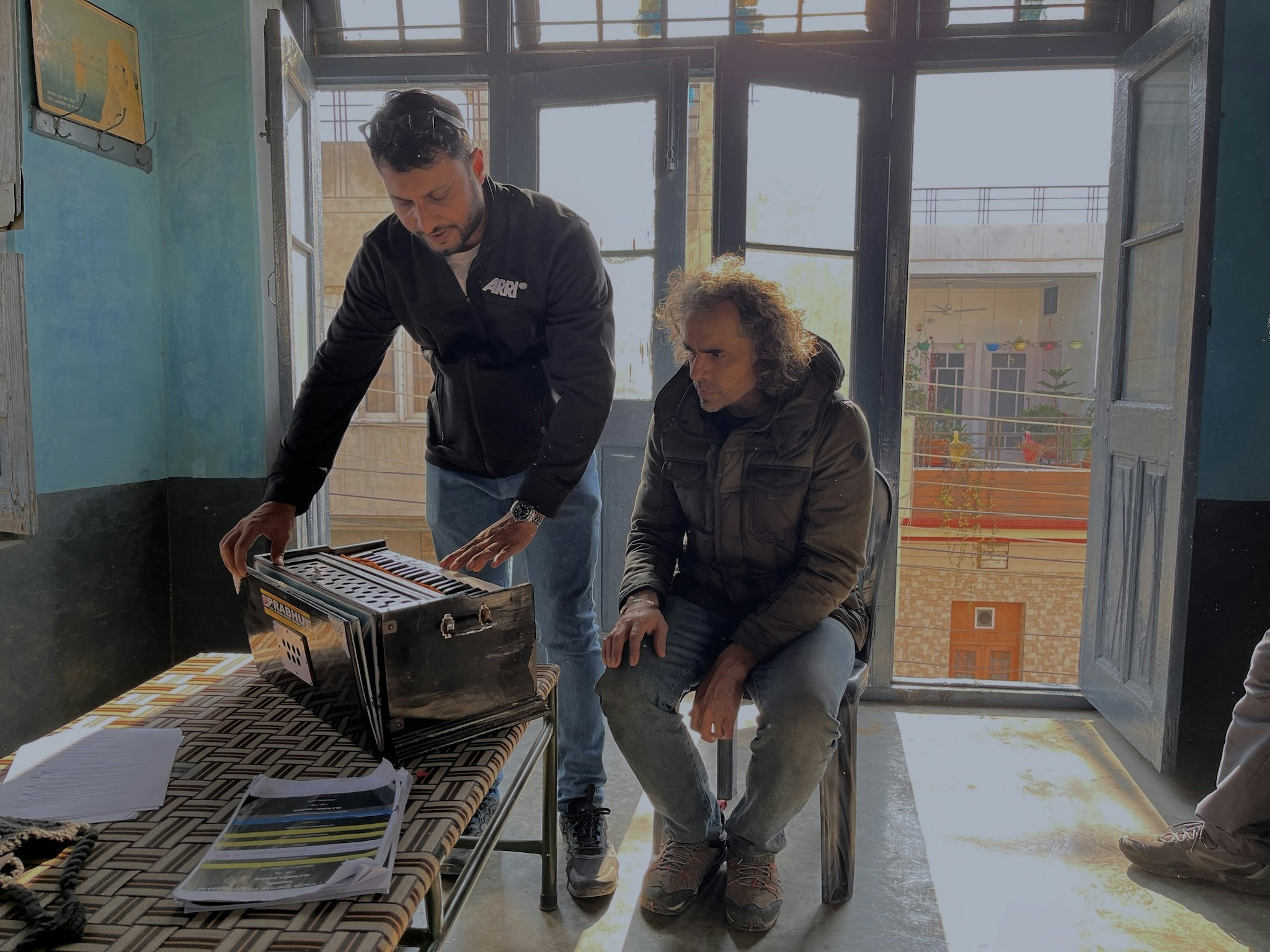
The team
Nilesh Chaubey (1st AC ), Phalguni Gupta(2nd AC), Pradeep Pashte (Focus puller), Sahil Pawar (Intern), Krishanu Bose (Intern) - Monica Tiwari (2nd unit DOP), Anil Gupta (2nd unit Focus puller), Makarand Surte (Colourist), Nitesh Singh (Steadicam), Sunny Singh (Gaffer), Jacob Byculla(Key grip), Ashraf Khan (Additional Key grip).
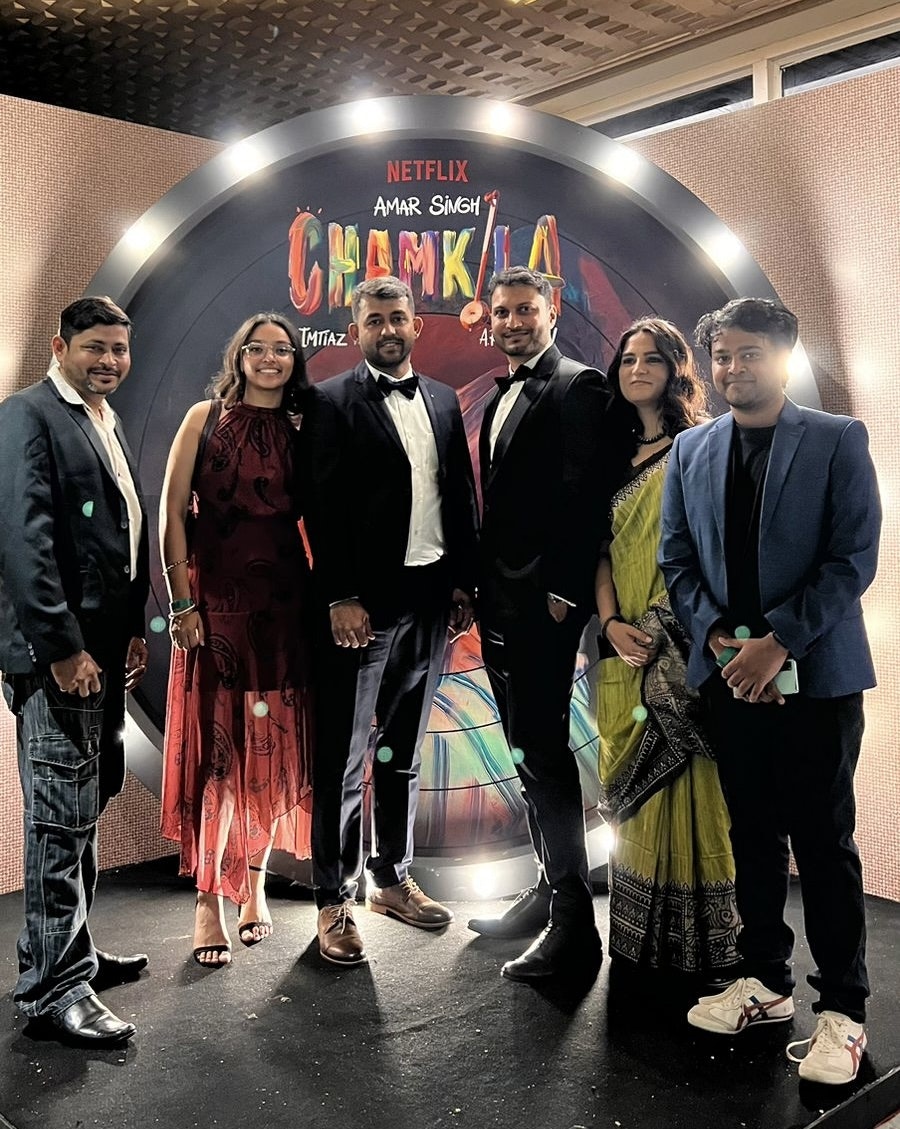 | ||
Pics courtesy : Phalguni Gupta and Nilesh Chaubey.


